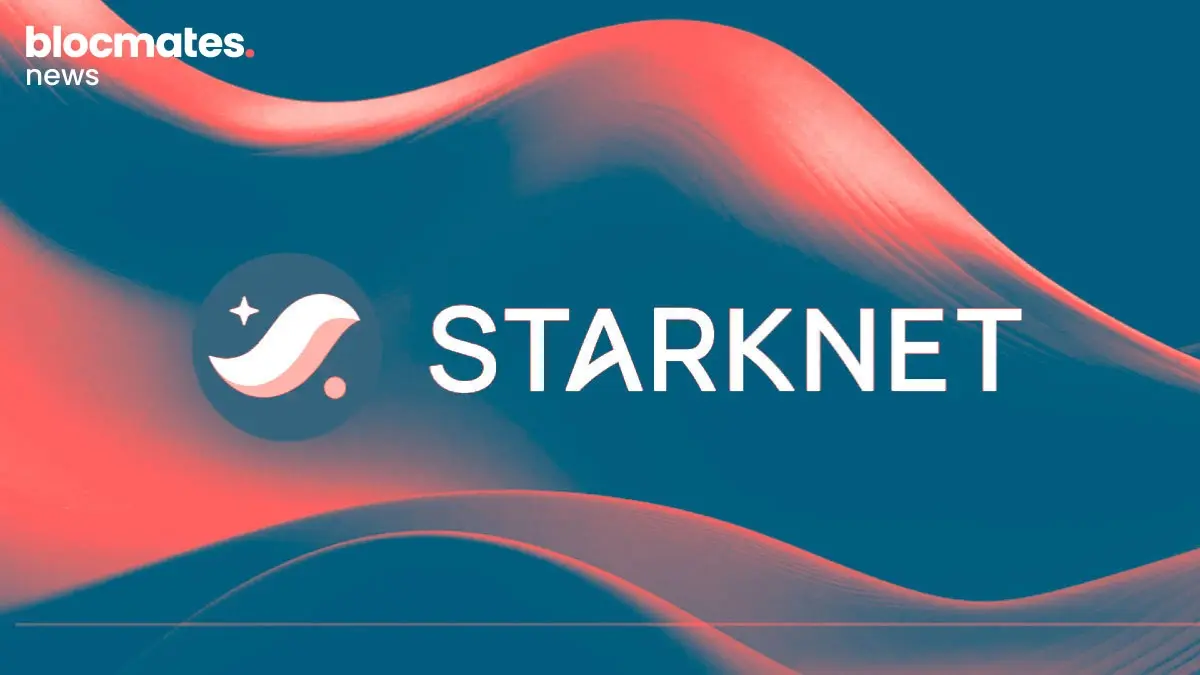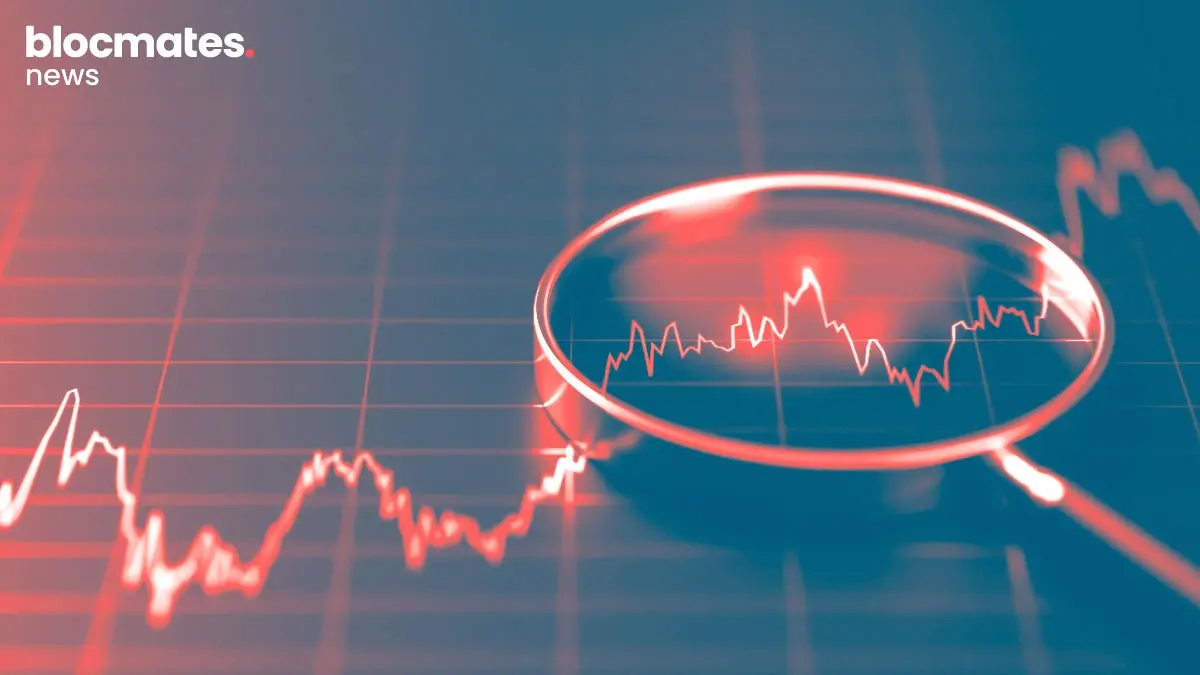Disclaimer: I hold KEROSENE, and I am thick as shit. Take everything I say with a pinch of salt and if you consider this as financial advice, then you deserve to lose everything.
What is DYAD?
Our beloved crypto industry has been scratching its ass and sniffing its finger, trying to work out how we get a decentralized, scalable and *STABLE* coin to work for quite some time now.
Every team believes they have cracked the stablecoin trilemma (according to their documents), but if we are being completely honest, nobody truly has…
Centralized stablecoin providers like Tether and Circle are basically money printers in more ways than one.

No protocol in the industry comes anywhere near the consistent revenues posted by Circle (USDC) and Tether (USDT).
That is all well and good, but when we are supposed to be building towards a decentralized future with no single point of failure, it just makes you ask, “What are we even doing here?”
I’m not saying centralized-stablecoins don't have a use case or even a place in crypto. The head says they are the best we have, highly scalable, and provide enormous value. The heart says we need to work towards censorship-resistant, fully decentralized, scalable, crypto-native stablecoins.
The elephant in the room when it comes to decentralized stables is that either we push towards crypto-backed stables i.e. Collateralised Debt Position Stables coins like DAI, USD0, LUSD etc., or we break Do Kwon out of his Montenegro holding cell and run algorithmic stablecoins back like nothing fucking happened.
The Problem with CDP Stablecoins
Now, I will caveat this next paragraph by saying CDP stables are the way forward. I have personally invested in building protocols that will expand CDPs.
That being said, there are a few apparent scaling issues.
First, CDP stablecoins are crypto-backed. Depending on the protocol, you deposit crypto and then use this value to mint (create) a stablecoin against it.
The most basic example is MakerDAO and DAI.
You can simply deposit ETH.
Then, mint DAI against your collateral.
Hence, collateralized debt position.

Figure 1: Depositing 1 ETH into Spark (MakerDAO Front End) allows the user to mint a maximum loan-to-value of 82%. In this case (at current prices), 1 ETH ($2590) can allow a maximum of $2124.52 DAI to be minted. The variable interest rate fee for doing so is currently shown at 7%.
If the value of your deposited ETH drops below the amount you have borrowed, you will be liquidated. Your deposited ETH can no longer be redeemed, and you will keep the DAI.
Apologies for the DeFi 101, but we have just come out of a 10-month brain rot meme season, and the youth of today don’t have a clue about DeFi.
Now, what if we have a scenario where we have Alice, Bob and Charlie, who all deposit ETH and borrow varying amounts of DAI?

With the equivalent of $750,000, we have only created $355,000 in DAI in this scenario.
Charlie is a gambling addict and would take as much DAI as he could get; for him, the 82% utilization ratio is too low. The problem is that the protocol can’t risk taking on bad debt if the price of Charlie’s deposited ETH drops lower than the amount he has borrowed.
Here lies the issue, because Bob is a pussy. Bob is only borrowing 10% against his collateral. Sure, he is probably getting paid to deposit, but the growth of DAI in this situation suffers because of it.
What if the excess collateral in the system could allow Charlie to mint a 100% LTV? For his 100 ETH deposit ($250,000), could he mint $250,000 DAI?
This is the problem DYAD is attempting to solve. Strap in.
What is DYAD? A Scalable Crypto-Backed Stablecoin
DYAD is a CDP stablecoin that can be minted against a variety of assets including WETH, wstETH, tBTC and sUSDe.
The main differentiator between DYAD and other crypto-backed stablecoins is that (in theory) it can be minted 1:1 against the collateral value amount with the use of KEROSENE, the utility token of the DYAD Protocol.
Being able to mint at a 100% (1:1) collateralization ratio allows the cost of creating capital to be as efficient as a centralized stablecoin instead of being expensive to create as seen with many CDP stablecoins.
Right, I can hear you through the screen. There are many questions.
“Is this UST/LUNA 2.0?”
“Is this a ponzi?”
“Why don’t my family love me?!”
Bear with me, I’ll try to break this down in the most smooth-brain way possible.
A few acronyms that we will interchangeably use:
- Collateralization Ratio (CR): The amount of capital you deposit into the system compared to the amount you borrow.
- Example: a deposit of $15,000 worth of ETH would allow you to mint $10,000 DYAD. This is the maximum amount of DYAD you can mint against this deposit value and has a CR of 150%. For every dollar you mint, you have to have deposited $1.50.
- Loan-To-Value (LTV): This is the same thing but a different format. How much have you borrowed (Loan) compared to your deposit (Value), hence LTV. In the above example, this is roughly 0.67. Capiche?
How do DYAD Notes work?
First of all, to mint DYAD, you need to purchase an NFT called a Note. This is an important piece of the puzzle that acts as a token gate bearing the owner of a Note the ability to mint DYAD.
Anyone can mint a Note. The cost for doing so increases by 0.001ETH each time someone mints, so over time the cost to mint DYAD should gradually increase.

At the time of writing, the cost of minting a note is 0.458 ETH. Notes are also available on the secondary market via OpenSea.
Once you have a Note, you can begin depositing collateral onto the Note. Assets currently include WETH, wstETH, tBTC, and sUSDe.
The Note NFT allows the DYAD protocol to track important information about your position. Metadata attached to the Note can monitor a user's deposits, their borrowed amount, their XP and also the amount of KEROSENE.
The importance of KEROSENE and XP will be explained shortly.
How DYAD liquidations work?
If your position is liquidated, the metadata ownership title can be transferred to the liquidator; no assets have to be physically moved, making the whole process seamless and effective.
You can deposit any variety or composition of tokens , i.e. $5,000 worth of ETH, $5,000 worth of tBTC and $5,000 worth of sUSDe or whatever your heart desires, onto your Note.
So, in the above example, we created a $15,000 deposit consisting of three tokens. The Note now effectively has the ability to mint a maximum LTV of 0.67, i.e. $10,000 worth of DYAD.
The collective value of the assets on the Note is considered regarding CR and liquidations. This means if the total value of your deposits drops below the 150% CR, you run the risk of liquidation.
“When a user's collateral value falls below the required 150%, (relative to their minted DYAD), they can be liquidated. Any note holder can trigger a liquidation. The liquidator repays the outstanding minted DYAD and receives collateral, plus a 20% bonus, in return.”
info: https://dyad.gitbook.io/docs/overview/liquidations
Partial liquidations are also possible, allowing multiple people to liquidate a position. This is important for large liquidations where it may take a few people to fulfil the liquidation.
It is important to note (kek) that only Note holders can liquidate positions.
What is DYAD XP?
DYAD XP is a Note metadata trait that accrues over time each second depending on the amount of KEROSENE you have deposited on that Note.
XP aligns and incentivises long-term users by accruing and increasing your yield in the DYAD ecosystem.
Using the DYAD-USDC LP incentive program as an example; if you are a Note owner and you are LPing DYAD-USDC whilst having KEROSENE on your Note, then your XP increases your KEROSENE yield. The more XP, the quicker you accrue KEROSENE.
Time and size matter here for the KEROSENE deposit. If you remove your KEROSENE from the Note, you will lose some of your XP.
XP is accumulated at a rate of XP of 0.000000001 XP/KEROSENE/Second.
The USDC-DYAD LP farm running on Merkl shows the difference between accumulated XP and no XP.

The “max” APR above corresponds to what the top XP holders on the leaderboard would earn, while the “min” APR will be the 0 XP holders.
I believe the team is working on a calculator for the site to be able to see how XP directly affects your KEROSENE yield.
What is KEROSENE?
Remember our old mate Charlie the degenerate? Well, let's go revisit him and that terrible analogy for a second.

Figure 1: Example of Maker deposits
Alice has an LTV of 50%, Bob has an LTV of 10%, and good old Charlie has maxed his LTV of 82%.
Let's have a look at what this would look like using the DYAD protocol.

Figure 2: Example of deposits in DYAD
So, we have a lower LTV for Charlie using DYAD, as the max LTV is roughly 67%. Not great… but alas, we have the magic Kerosene…
The remainder of idle capital in the system that is not being used is roughly 47.67% (Figure 1). Or, thinking about it another way, the system is overcollateralized based on the demand for DYAD.
Kerosene grants the holder access to that excess capital in the system.
If Charlie has a Note and wants to bring his CR to 100%, he would need to deposit Kerosene onto his Note.
At 150% CR, Charlie can mint 167,500 DYAD. At 100% CR, this would be 250,000 DYAD.
250,000 - 167,500 = 82,500.
Kerosene is as valuable as the amount of excess capital in the system.
If we say there is 8,250,000 excess capital across the whole system, and to reach 100 CR, Charlie would have to mint 82,500 DYAD. This is effectively the claim to 1% of the excess capital, meaning that Charlie would need 1% of the total circulating Kerosene to achieve a 100% CR.
Therefore, the value of Kerosene can be calculated and has a Deterministic Value.
Just nice clean round (hypothetical) numbers to illustrate a point. If the market cap of KEROSENE is $8,250,000, then 1% of the supply is worth $82,500…
So, in our example KEROSENE is perfectly priced 1:1 with its value unlock potential of excess capital.

For the nerds: https://dyad.gitbook.io/docs/usdkerosene/deterministic-value
I can’t repeat this enough. The value of Kerosene IS NOT factored into the value of a deposit. If this were the case it would be no better than LUNA.
TLDR; it grants the depositor access to excess capital in the system.

I am terrified of the word “flywheel” but here is an illustrative feedback loop for the game theorists out there.

KEROSENE Tokenomics
The total supply of the Kerosene token is one Billion.

DYAD Momentum

All metrics seem to be up and to the right apart from a large sUSDe withdrawal recently. The metrics I want to see are continual deposits into the system and, ideally, the excess of capital continuing to grow.
I believe that with the current momentum, with 0 fees to mint (apart from the note purchase), you can see this continuing to move up.
The very act of depositing KEROSENE and farming the USDC-DYAD LP will create upward momentum of deposits. The attraction of gaining additional XP to farm more KEROSENE through a muted volatility position is quite appealing.
If people are actively swapping USDC and DYAD, then the base APRs on the LP will also be great.
Final thoughts
I love to see novel protocols come online and push the boundaries of what we once knew. DYAD is unique and extremely interesting. Even if this is extremely early and in the experimental phase, the game theory of the protocol is sure to attract a shit tonne of users.
Naturally, KEROSENE is going to be farmed heavily. So, it could even be useful to hold Notes if you want to bet on the protocol's future growth without excessive dilution.
I’ve personally picked some up. I will probably LP, too, and then I’ll keep tabs on future products.
The bet here is simple. Your percentage holdings of the KEROSENE supply is a bet on the TVL and excess capital in the system continuing to grow.
If you hold 1% of the KEROSENE supply (inflation-dependent, which can be offset with farming), this is your claim to the protocol's future growth ideally increases.

If this system can grow to the heights of LUSD (Liquity), which has a TVL of $372m, then your hypothetical 1% is a claim on the difference between TVL and LUSD minted. You couldn’t use KEROSENE to remove the excess capital, but I bet people would pay a pretty penny for that deterministic value. NFA.
Maker has around $7bn TVL and $5bn DAI in circulation. That is $2bn in excess capital. You’re thinking it, not me, bulltard.
In a recent interview with Joey, I asked him about DYAD V2, which included some references to what sounded like a fixed-rate lending market, sDYAD, and further collateral types, hinting at an established LRT protocol.
I just like to see innovation happening. Make DeFi Great Again.
DYAD TLDR
If I was to TLDR DYAD.
Whatever % of KEROSENE supply you own is your proportional claim to the excess capital in the system .
TVL - DYAD minted = excess
Continue reading to figure out what the hell I am talking about…
DYAD FAQs
Where to buy a DYAD Note?
- DYAD Notes can be purchased from OpenSea or directly from the DYAD app.
Where to buy KEROSENE?
- Kerosene can be purchased directly on Uniswap.
What are the fees associated with DYAD?
- There are no fees associated with minting or redeeming DYAD, apart from the initial minting or purchase of a note.
What rate does XP accrue Kerosene?
- XP is accumulated at a rate of XP of 0.000000001 XP/KEROSENE/Second.






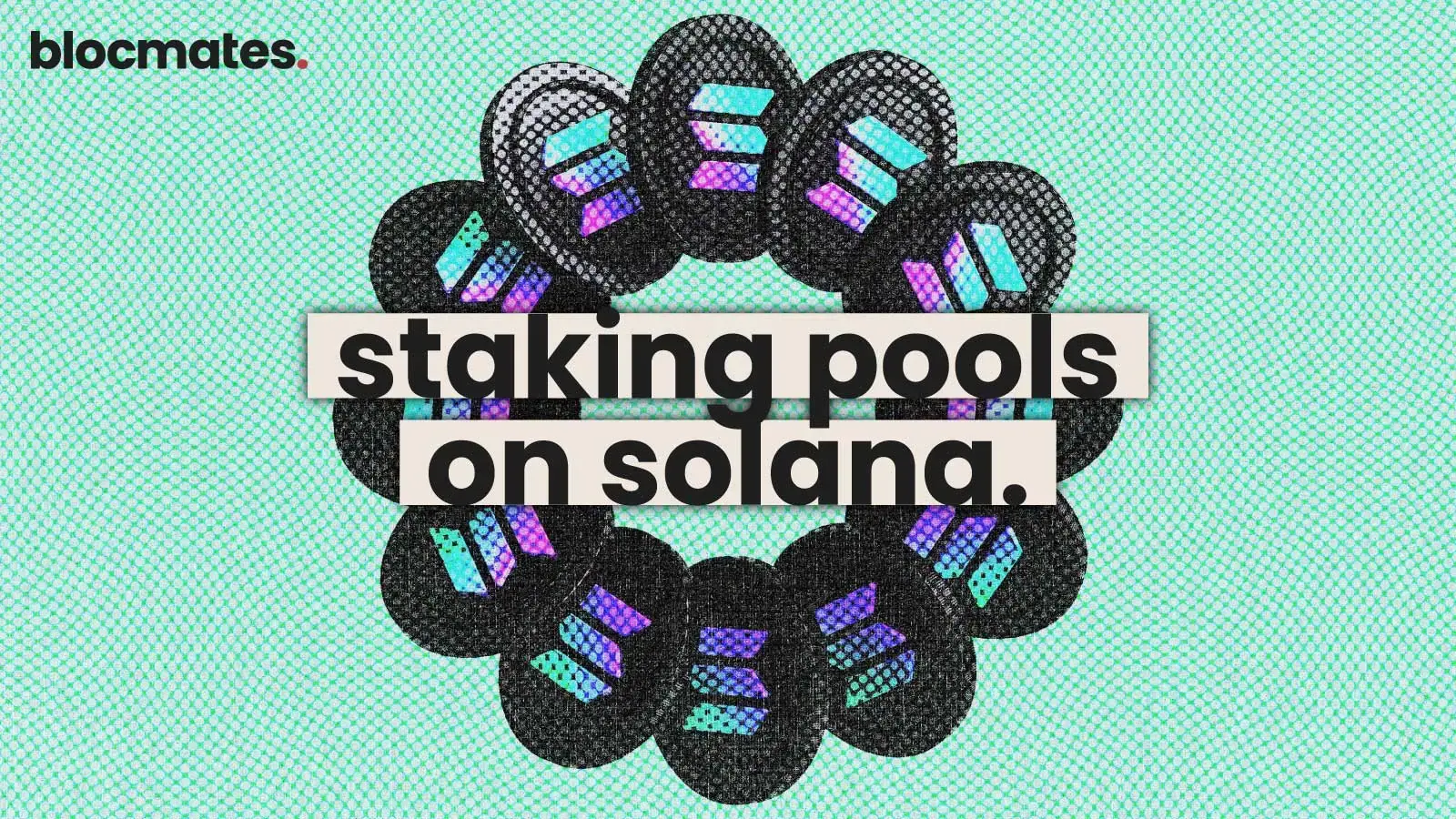




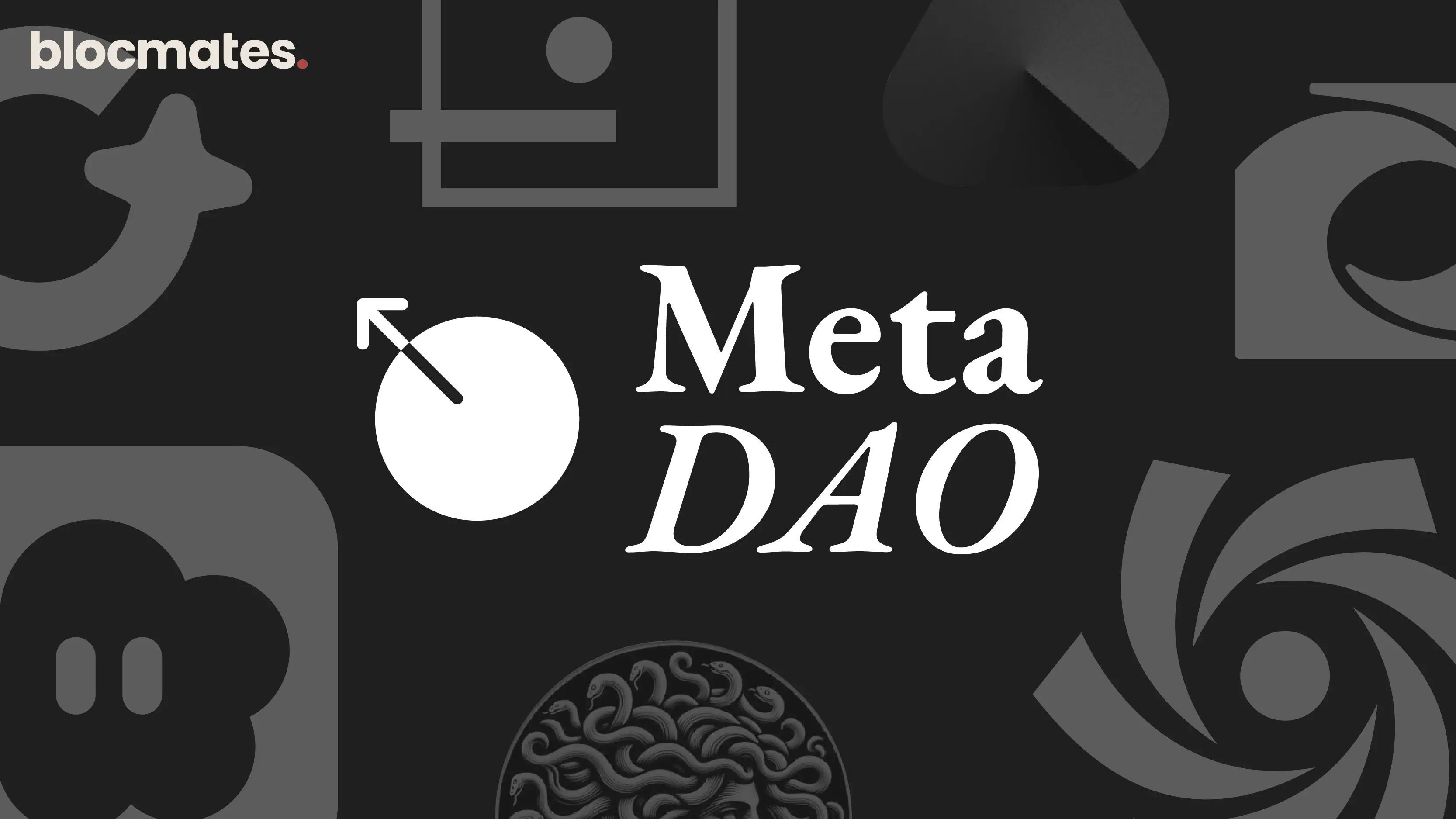
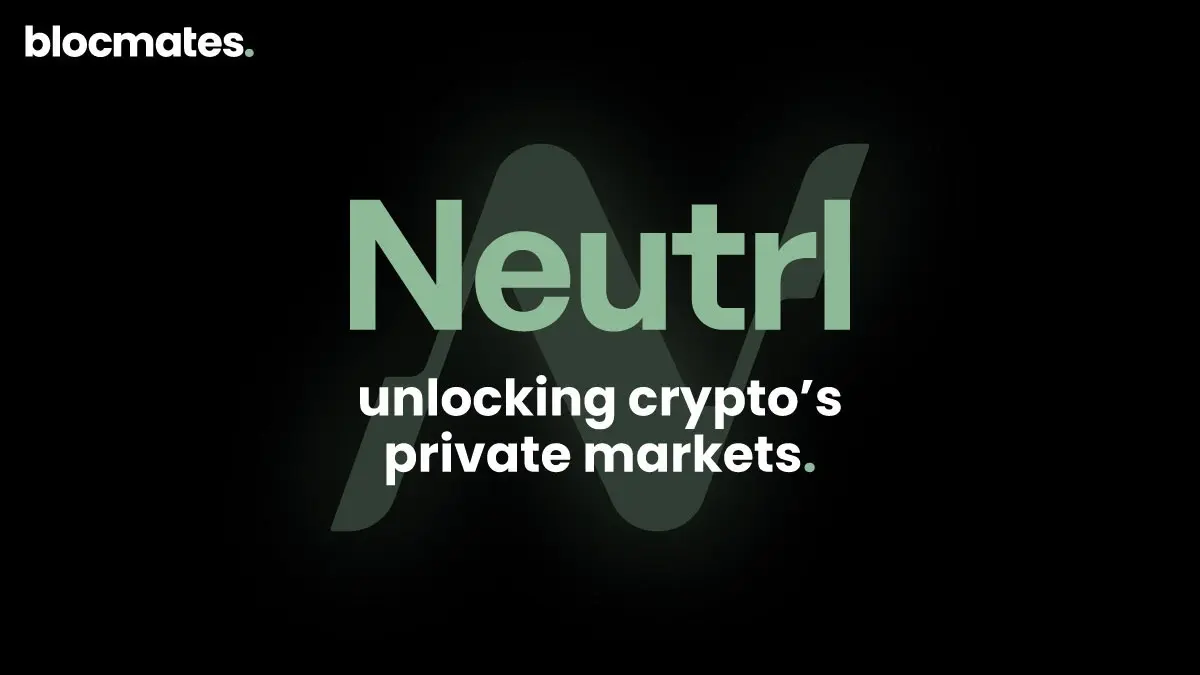


.webp)

.webp)
.webp)
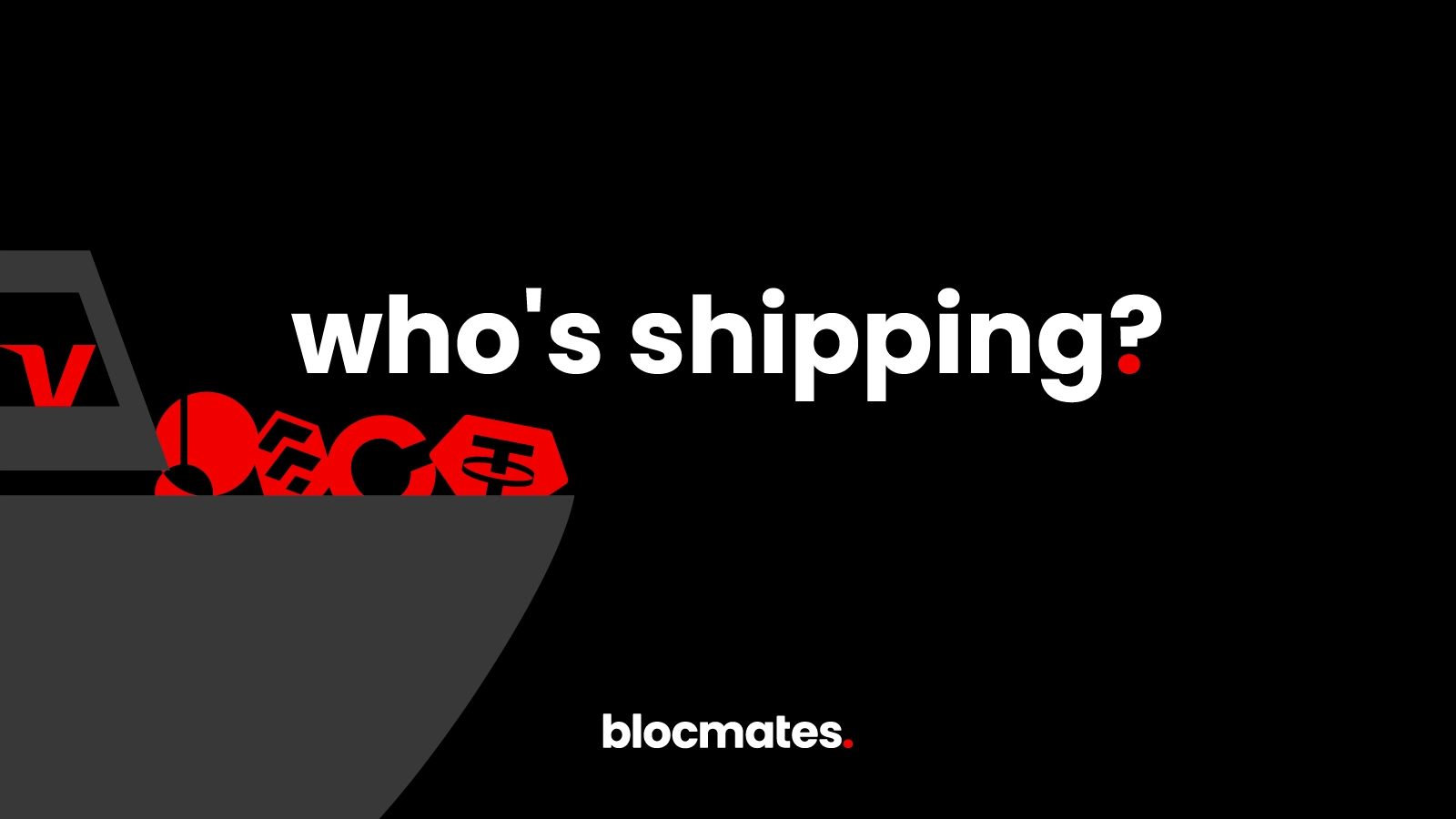
%20(1).webp)
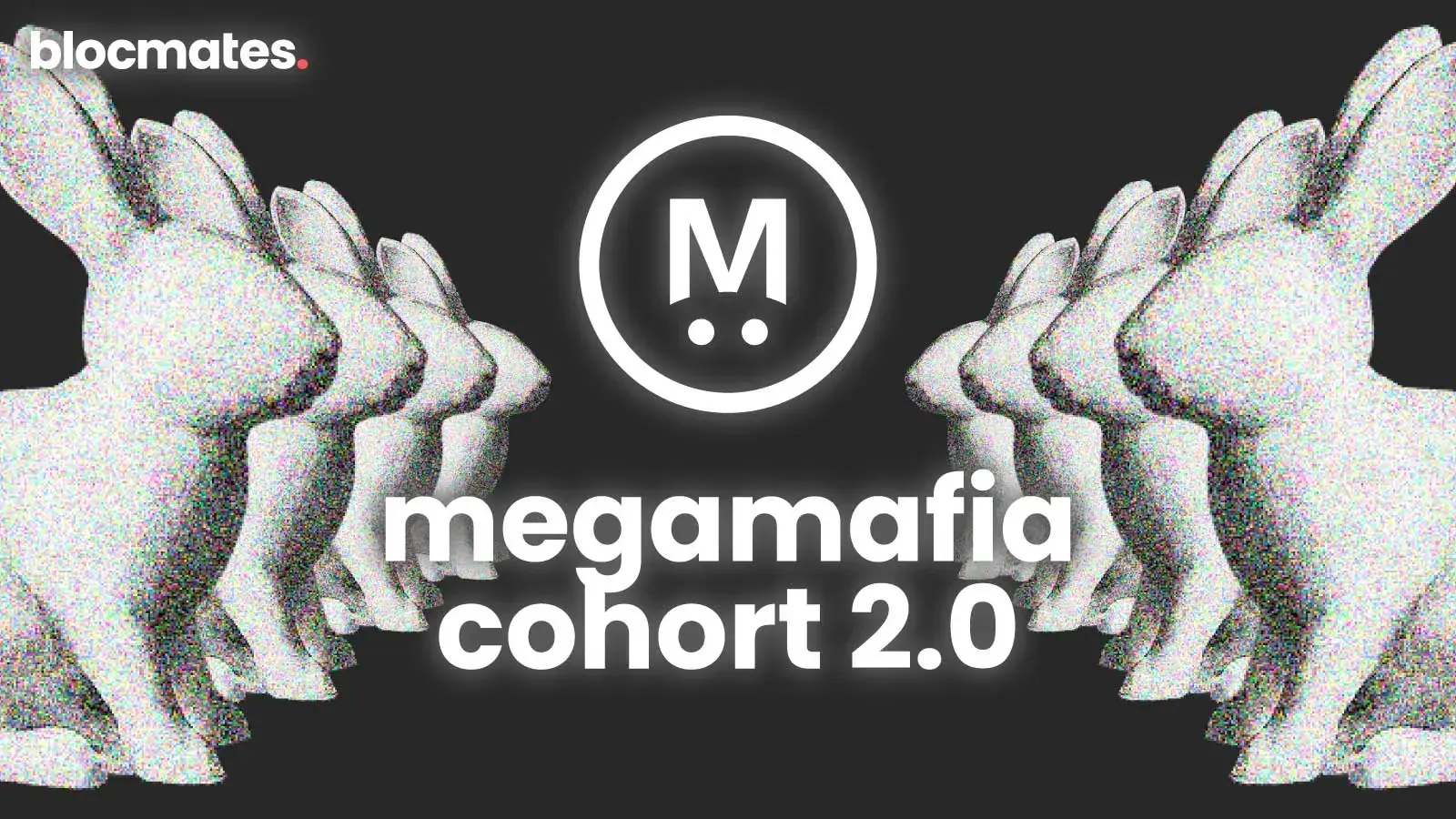
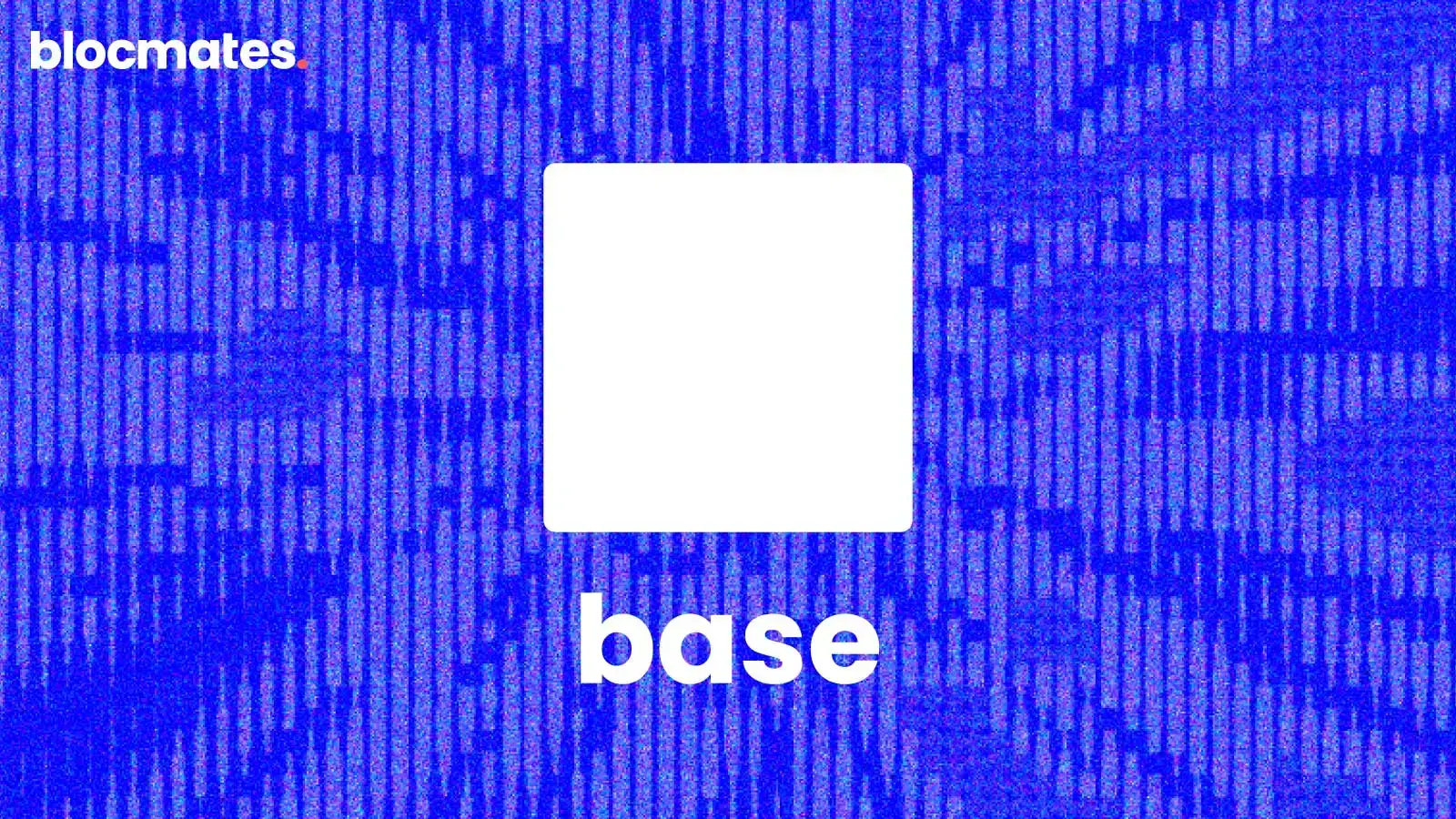
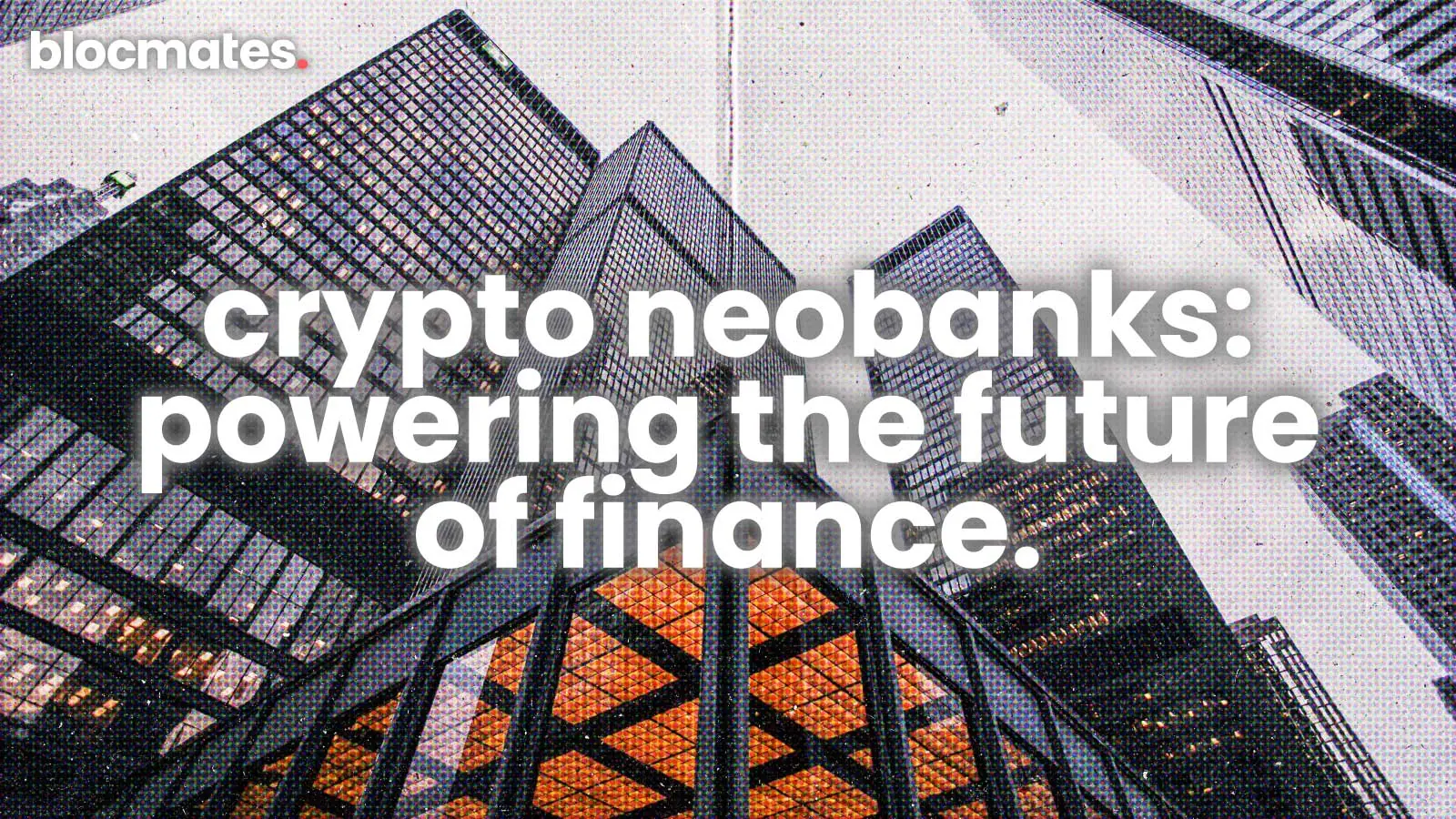


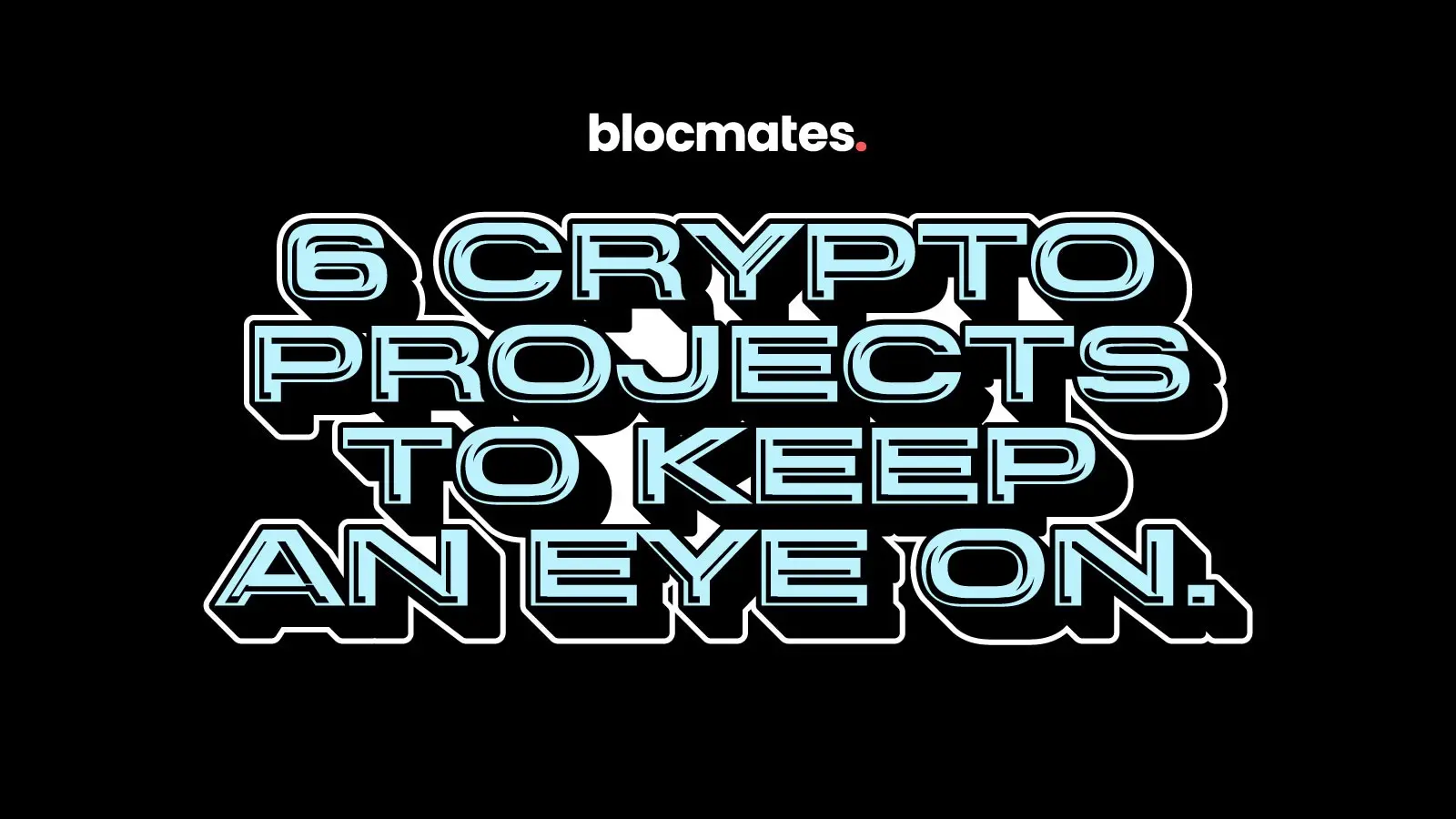
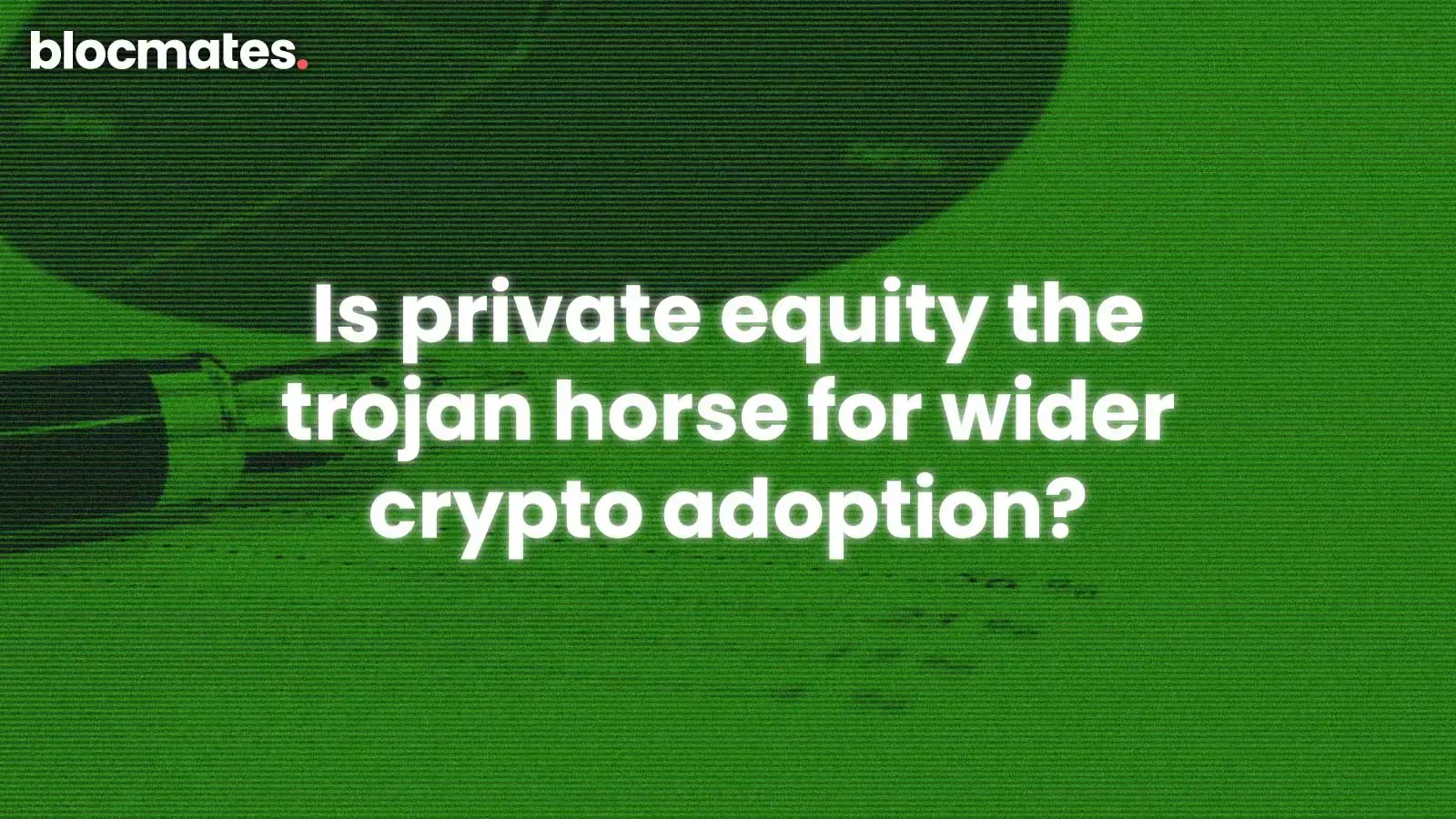
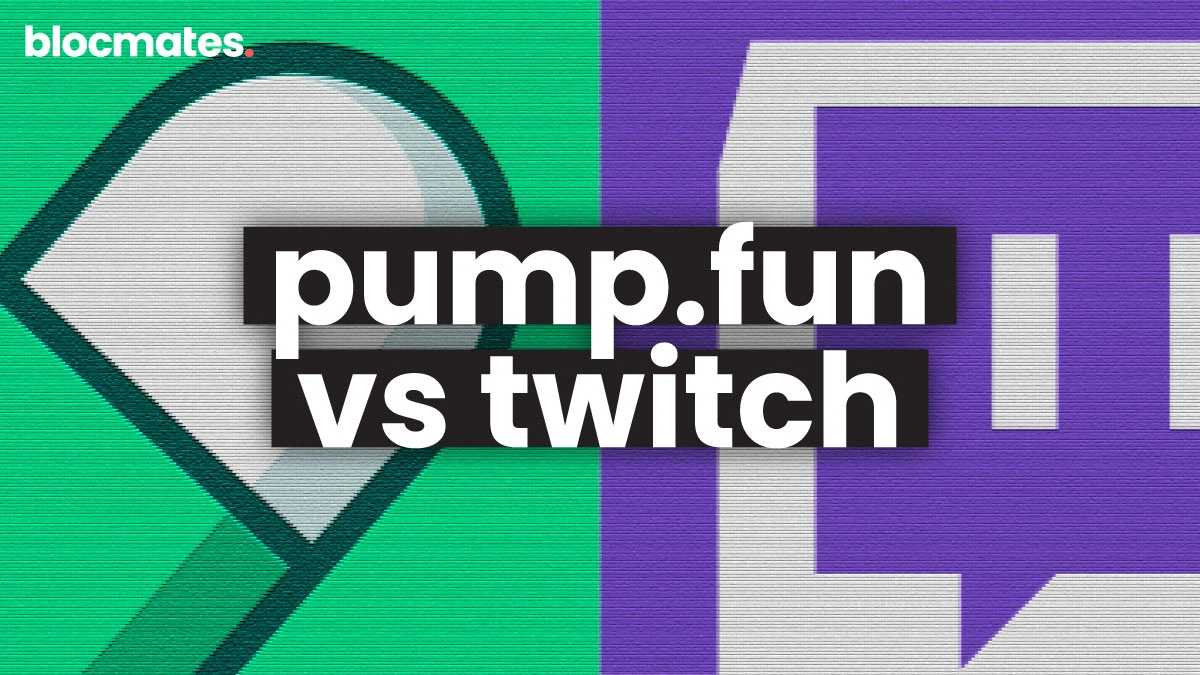

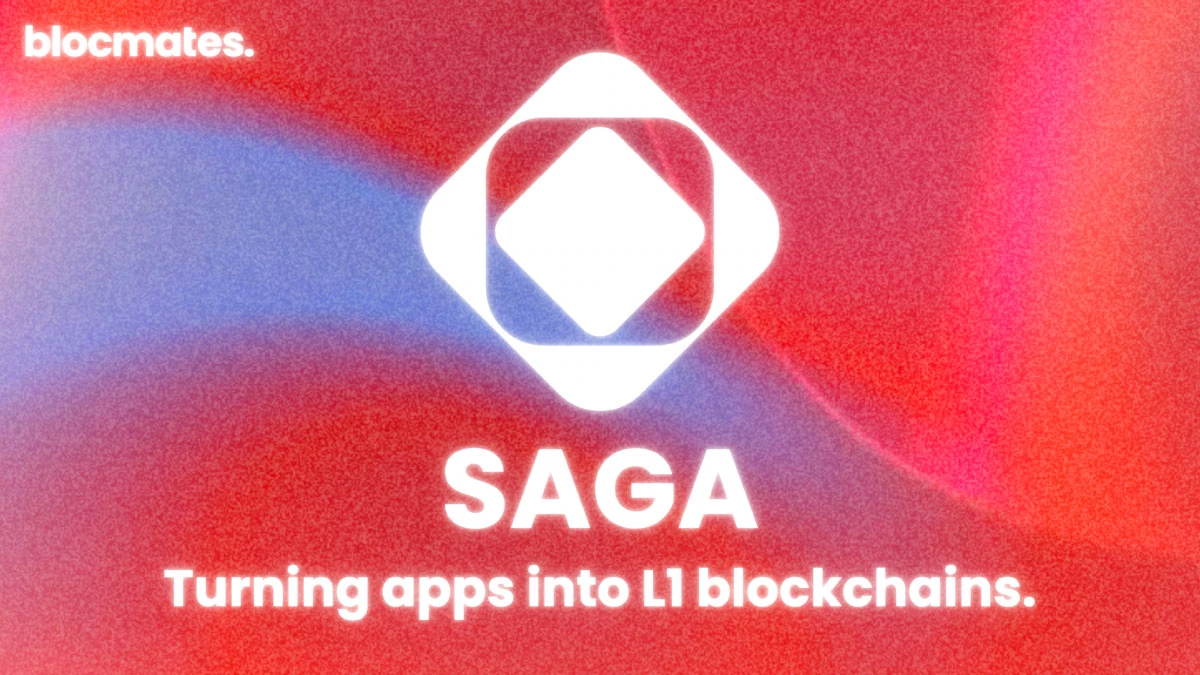

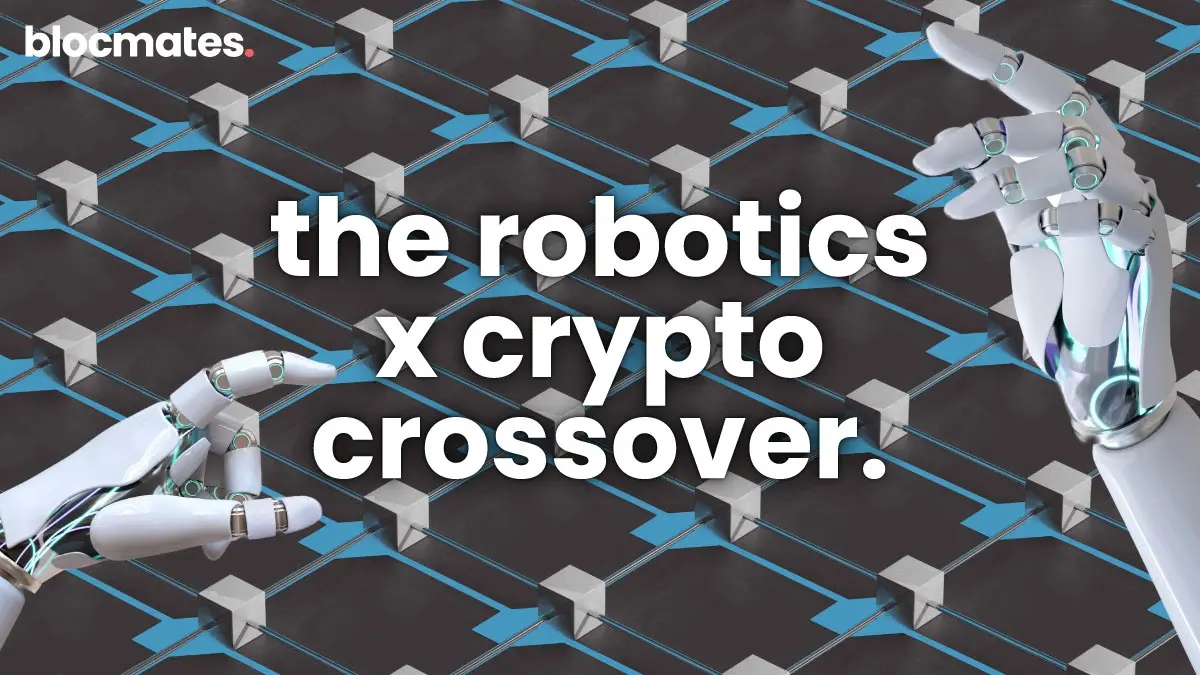
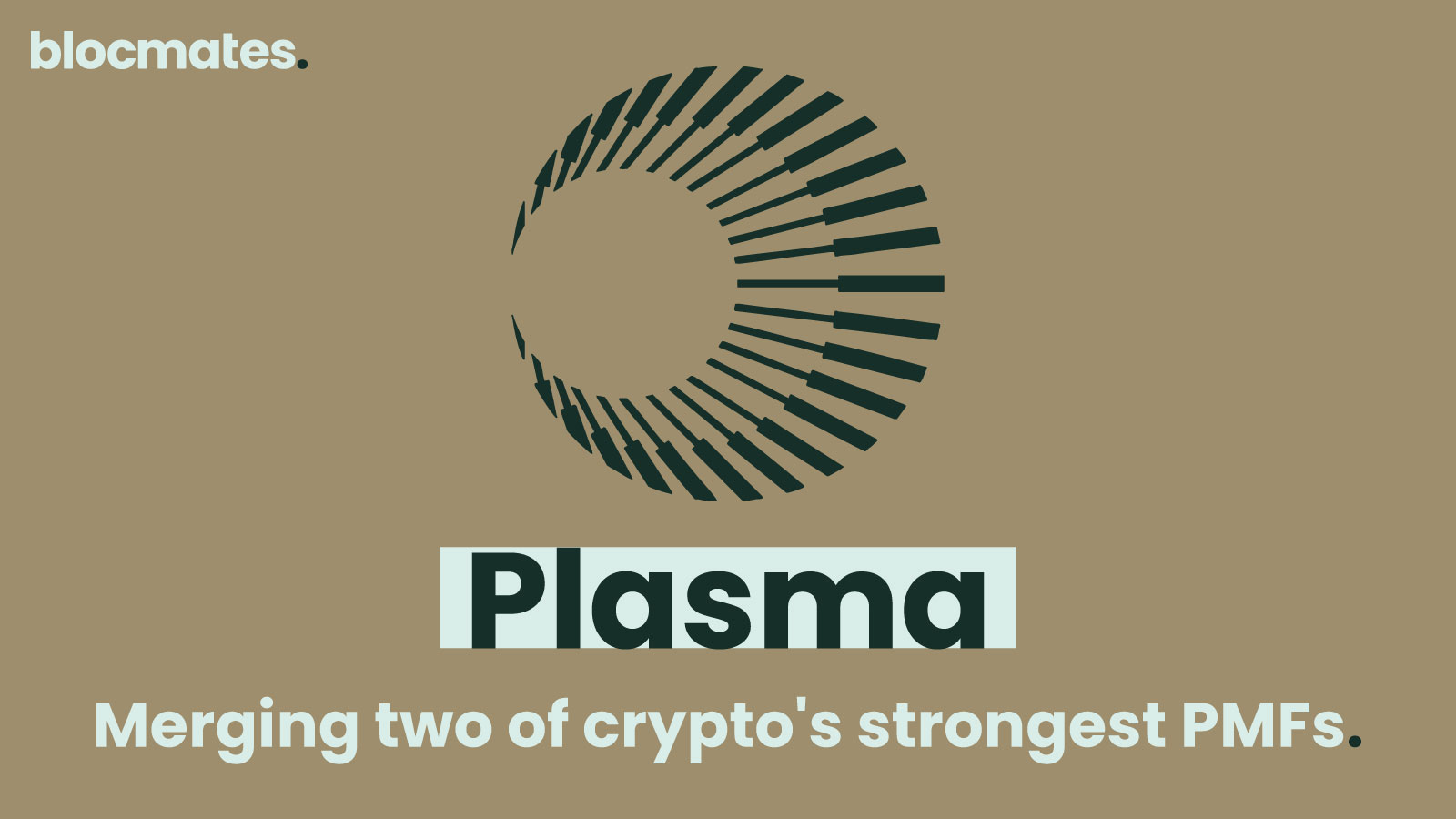

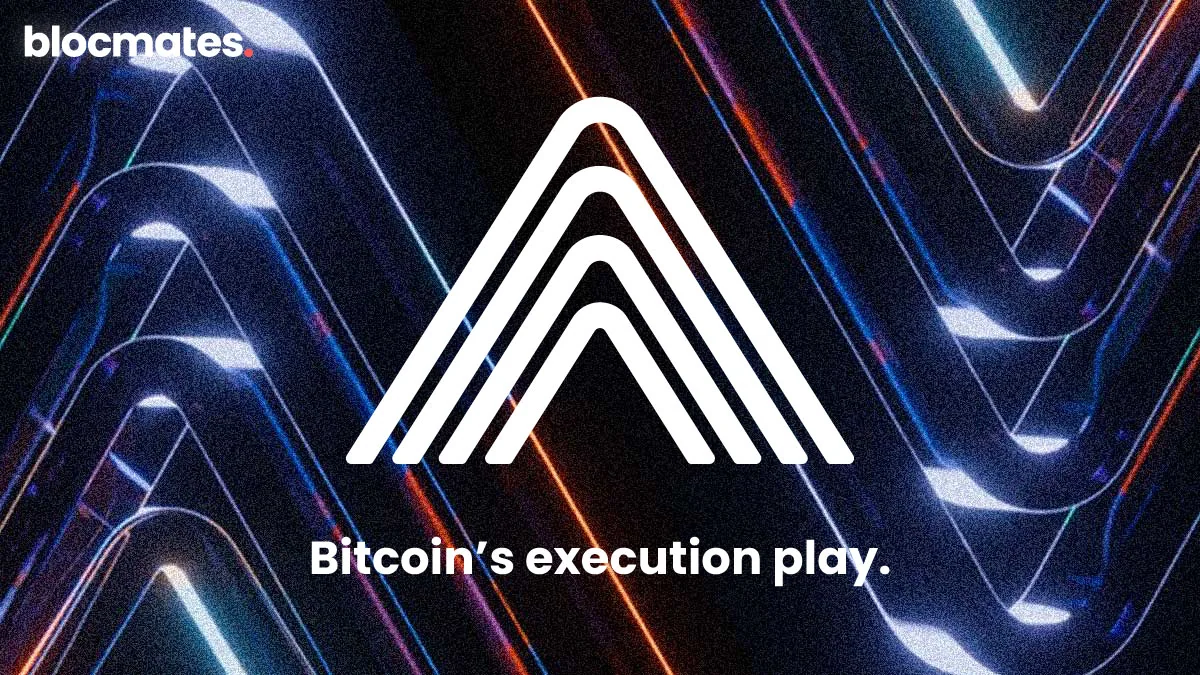
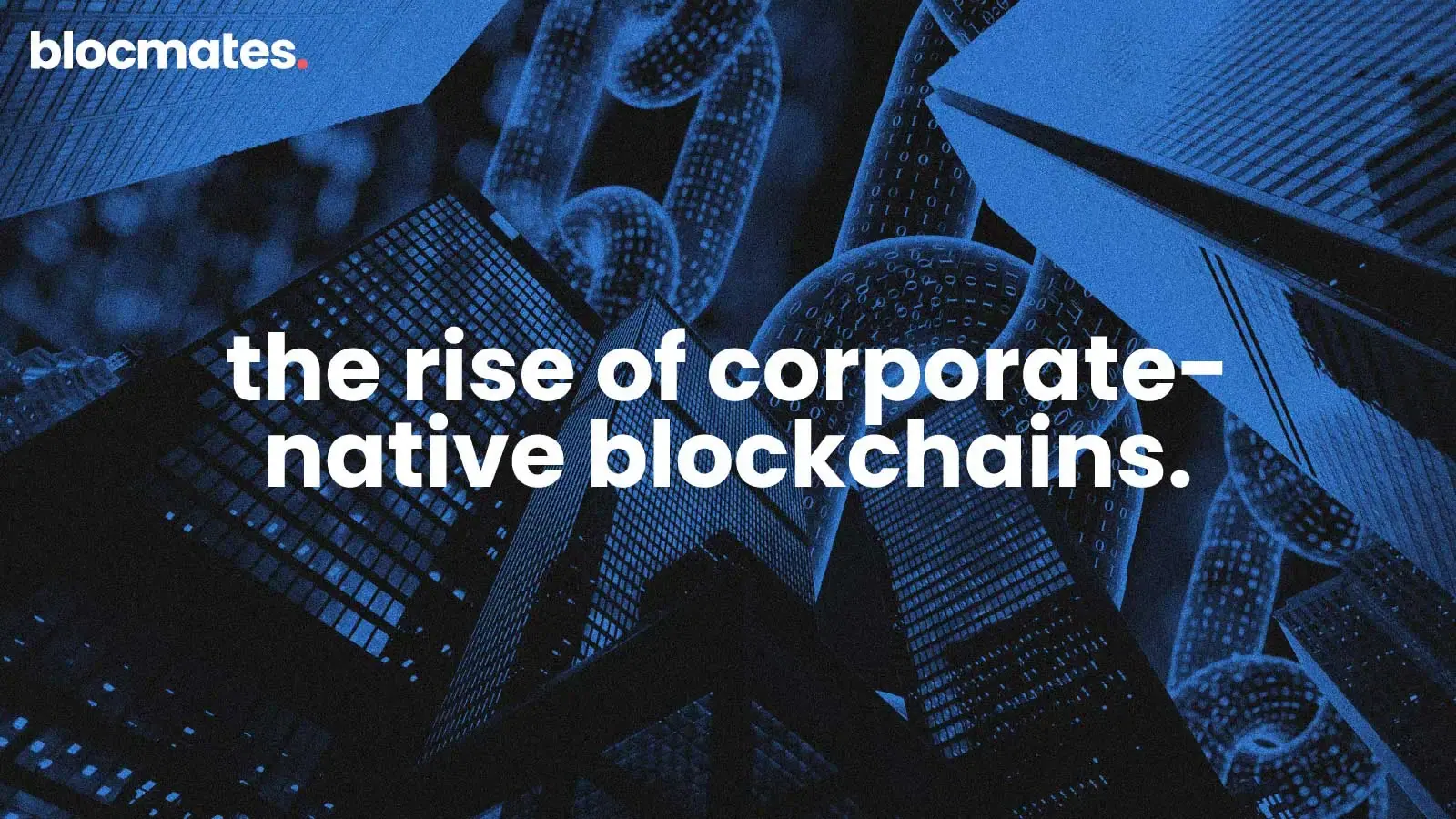
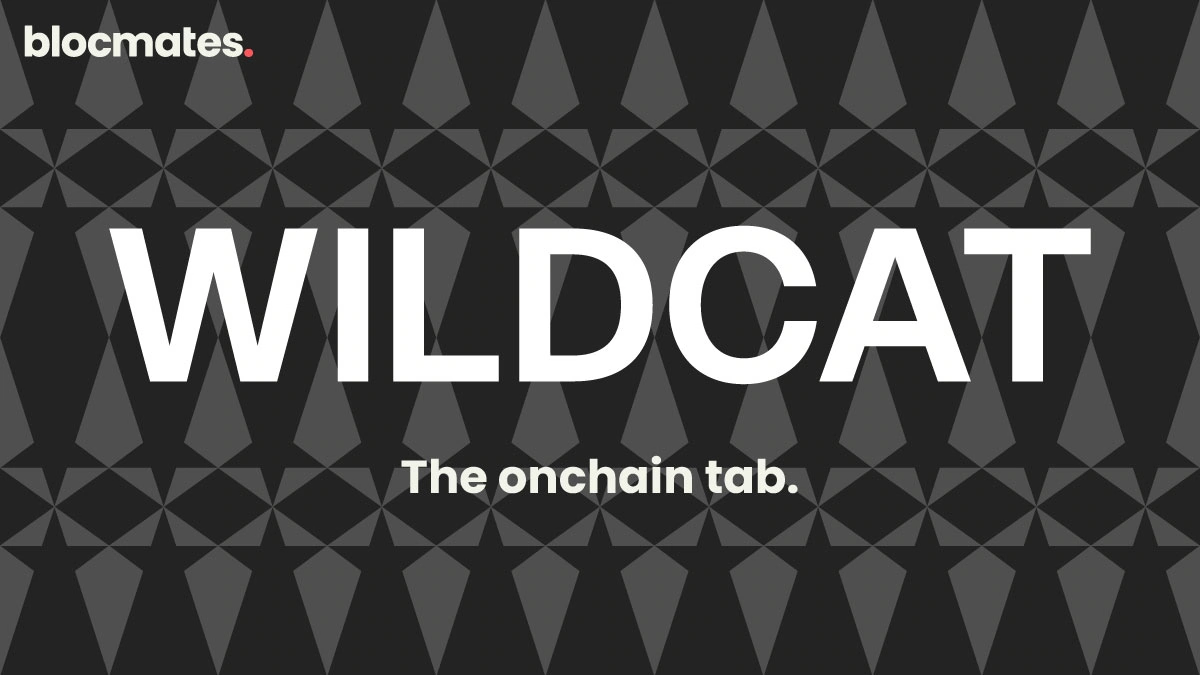
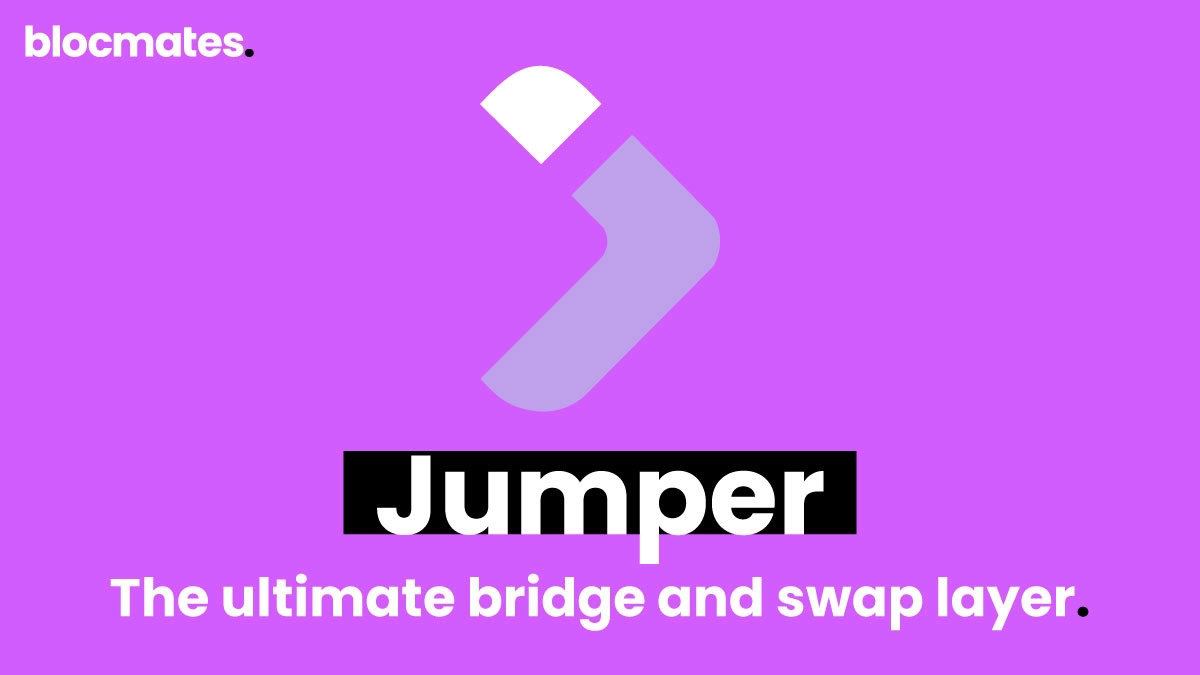
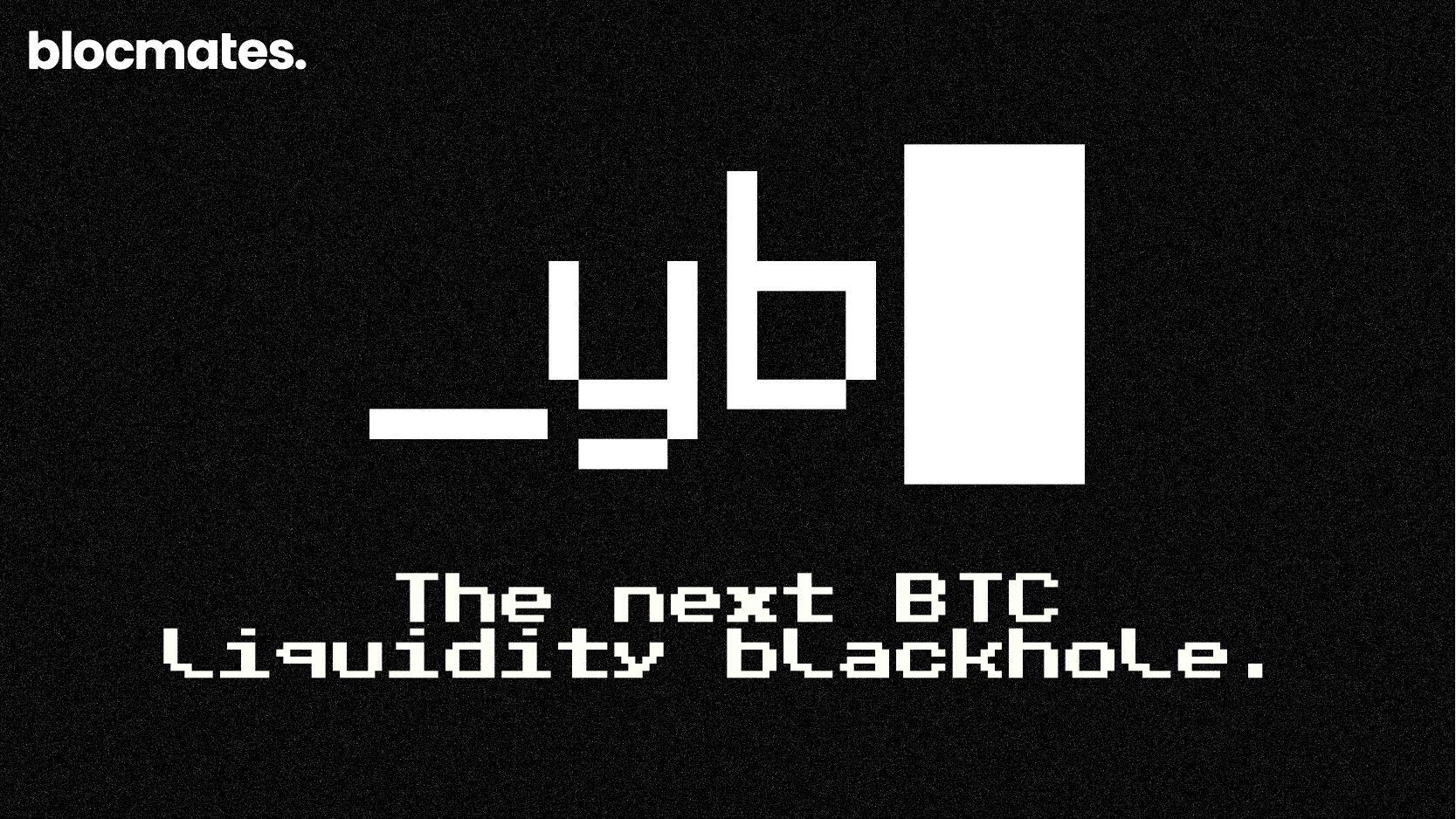
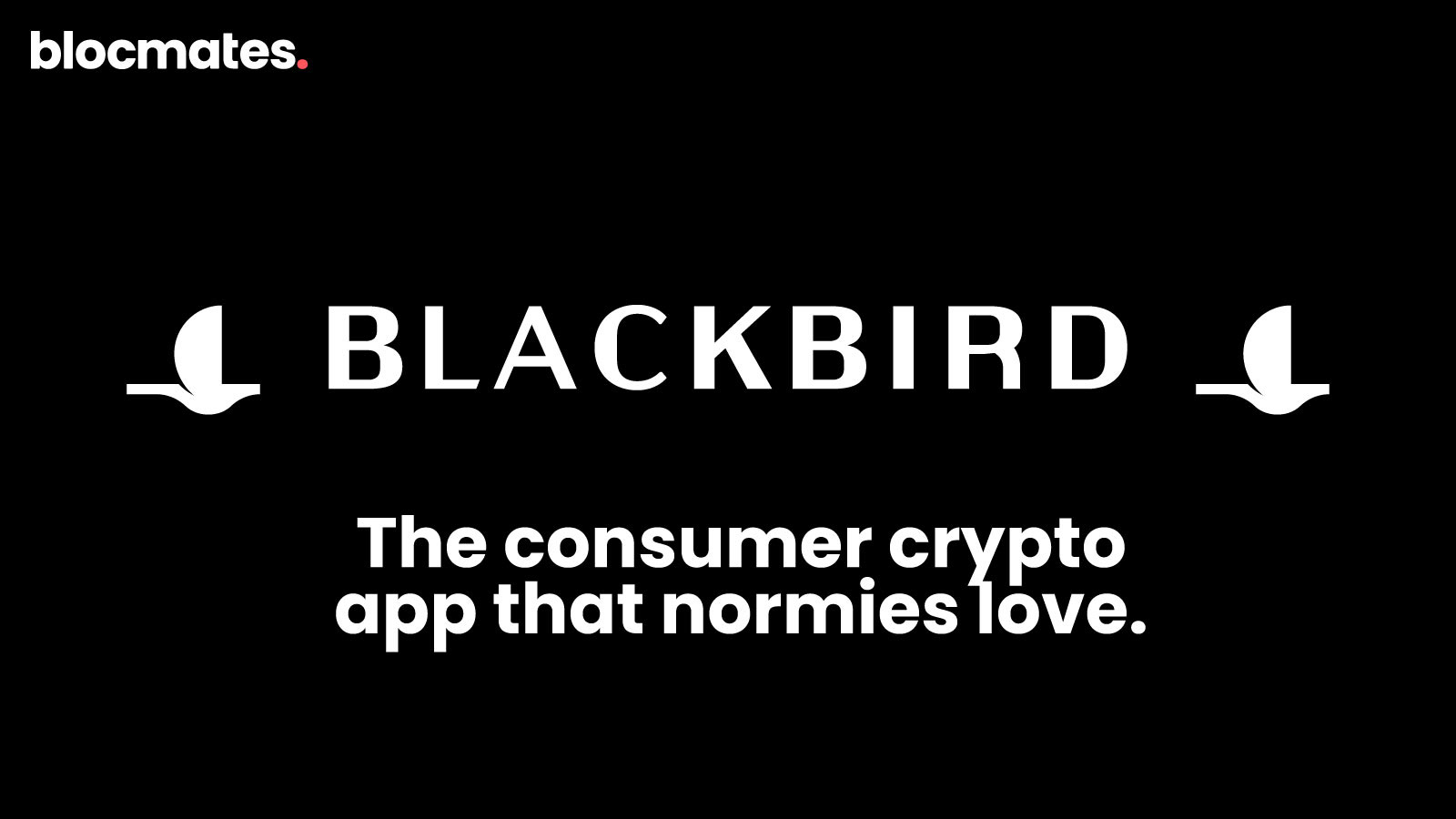
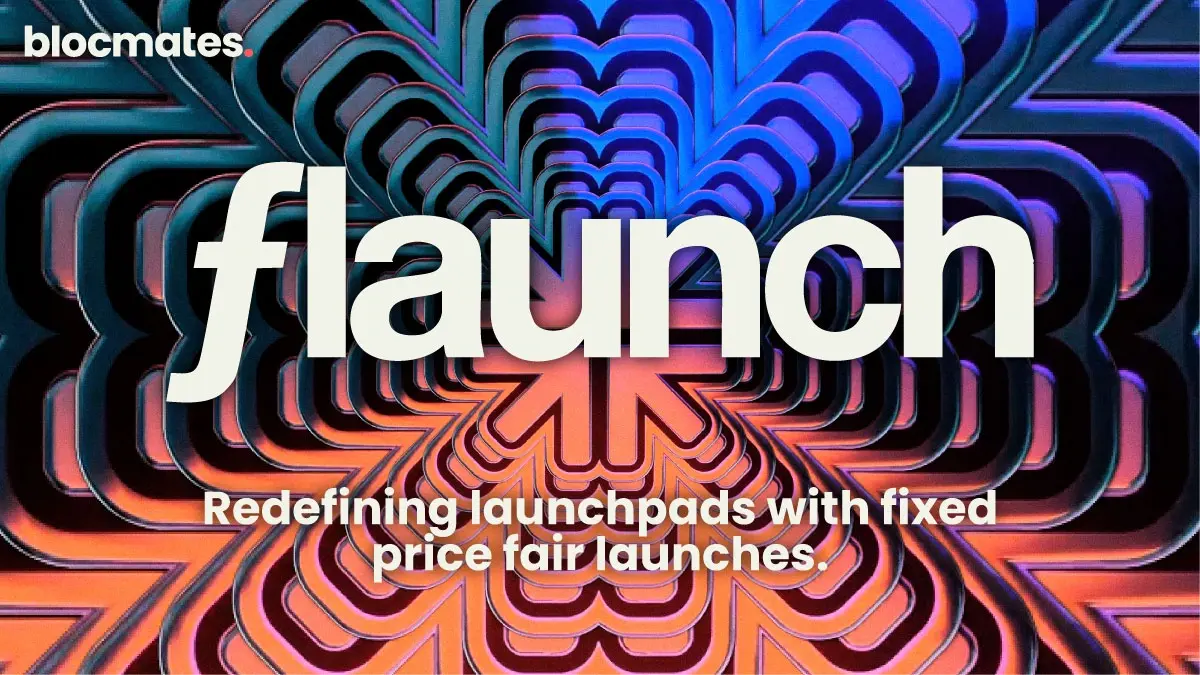

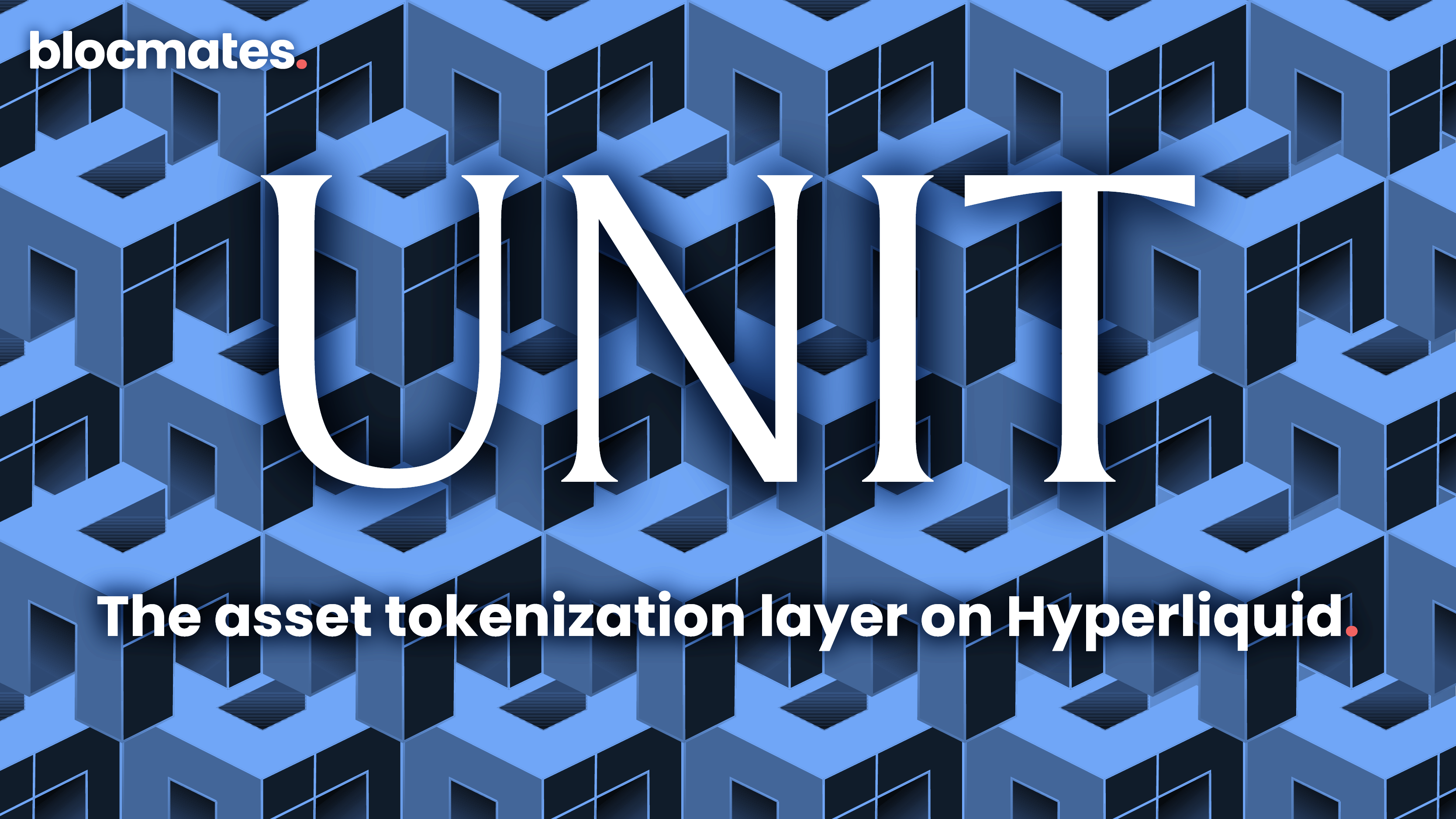



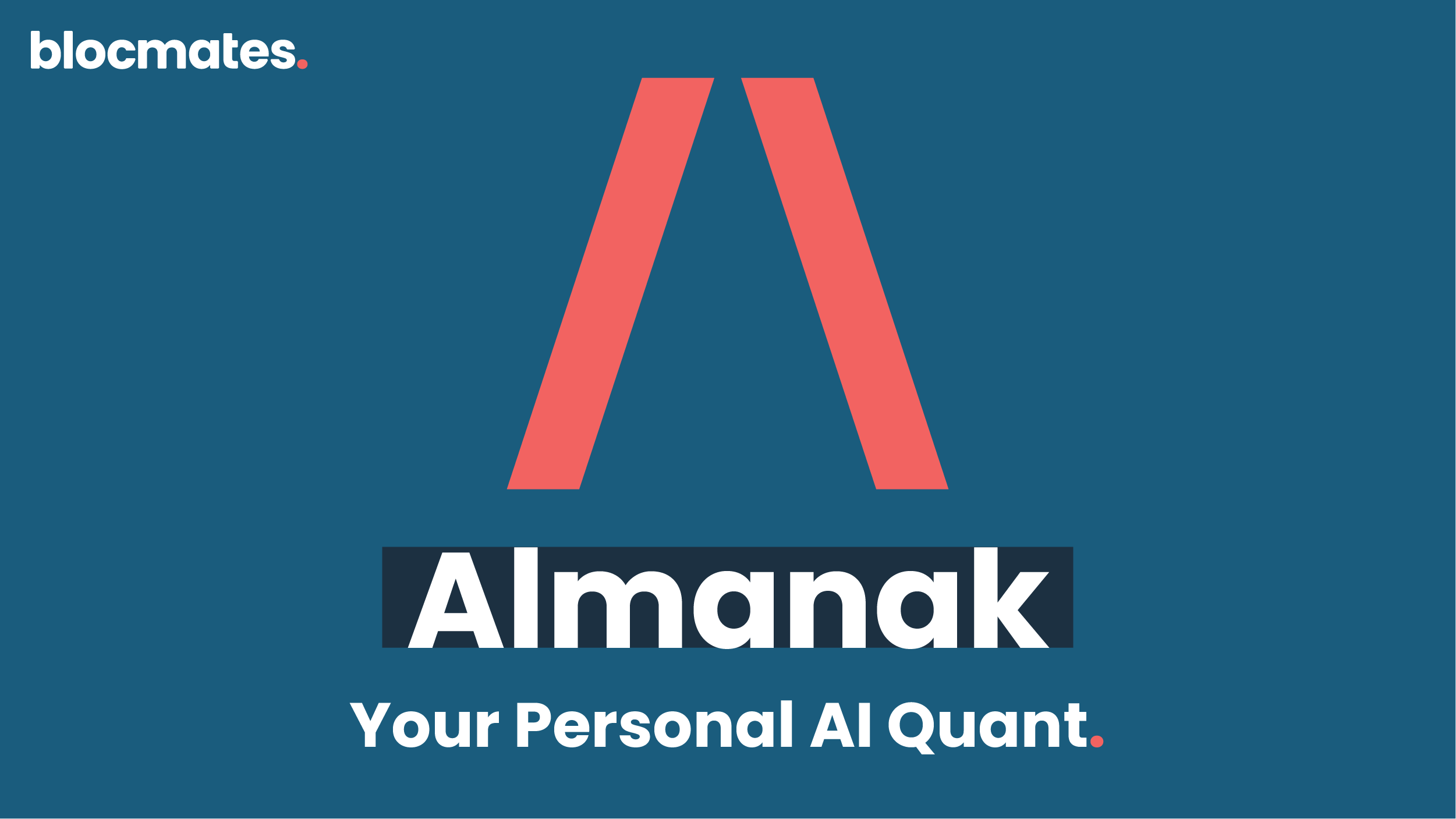
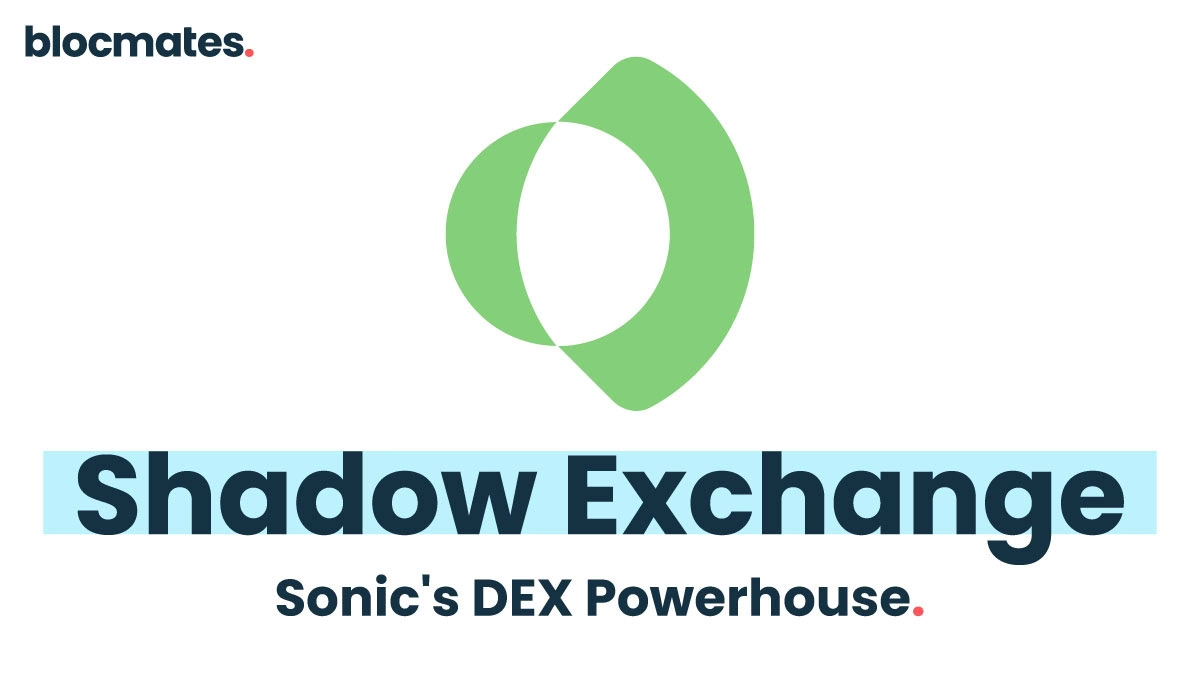


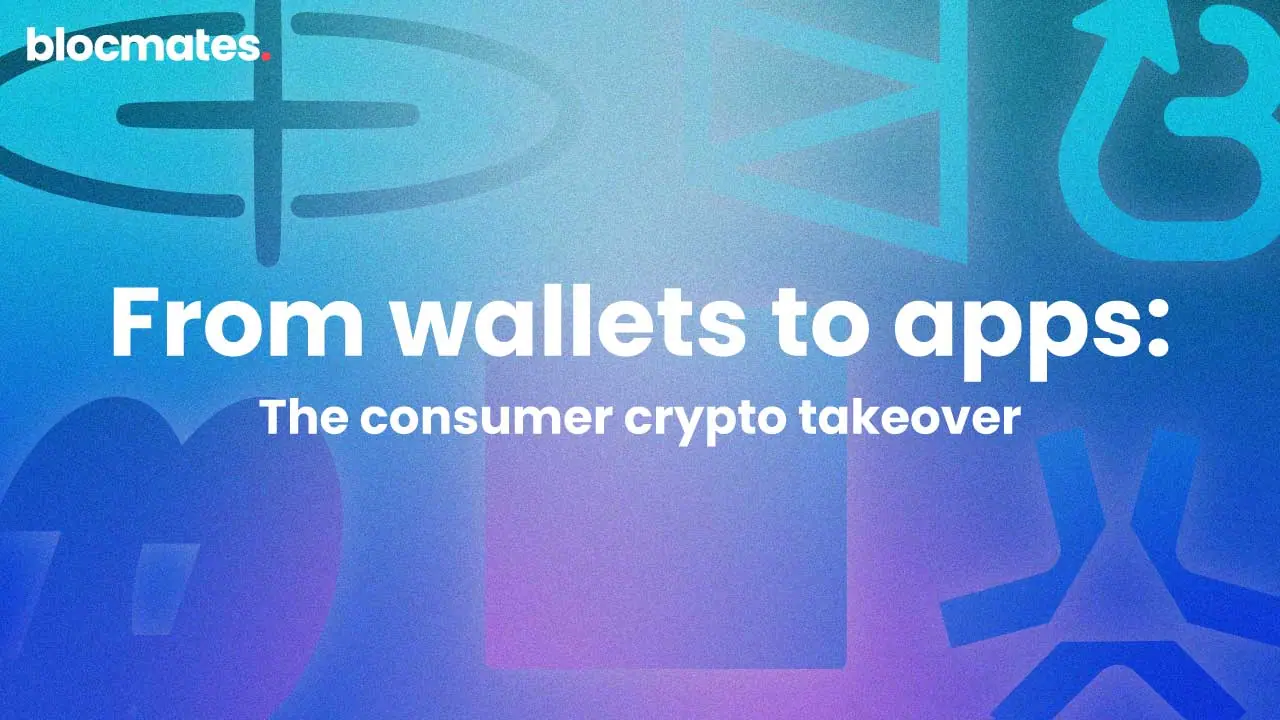

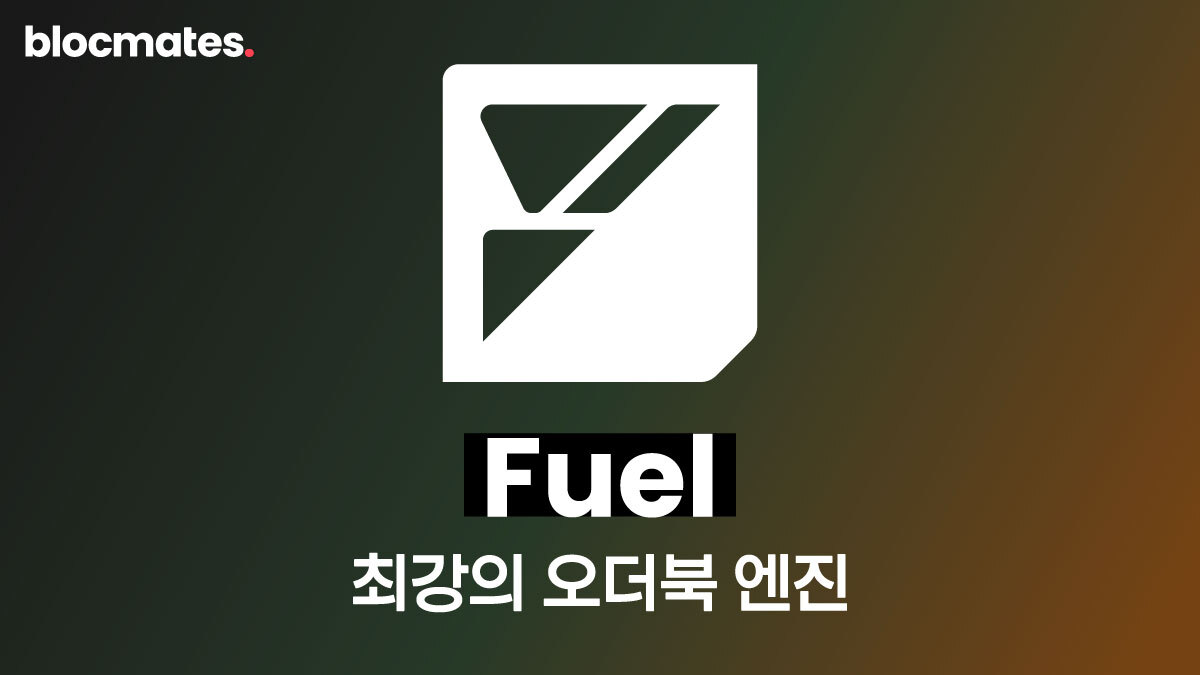
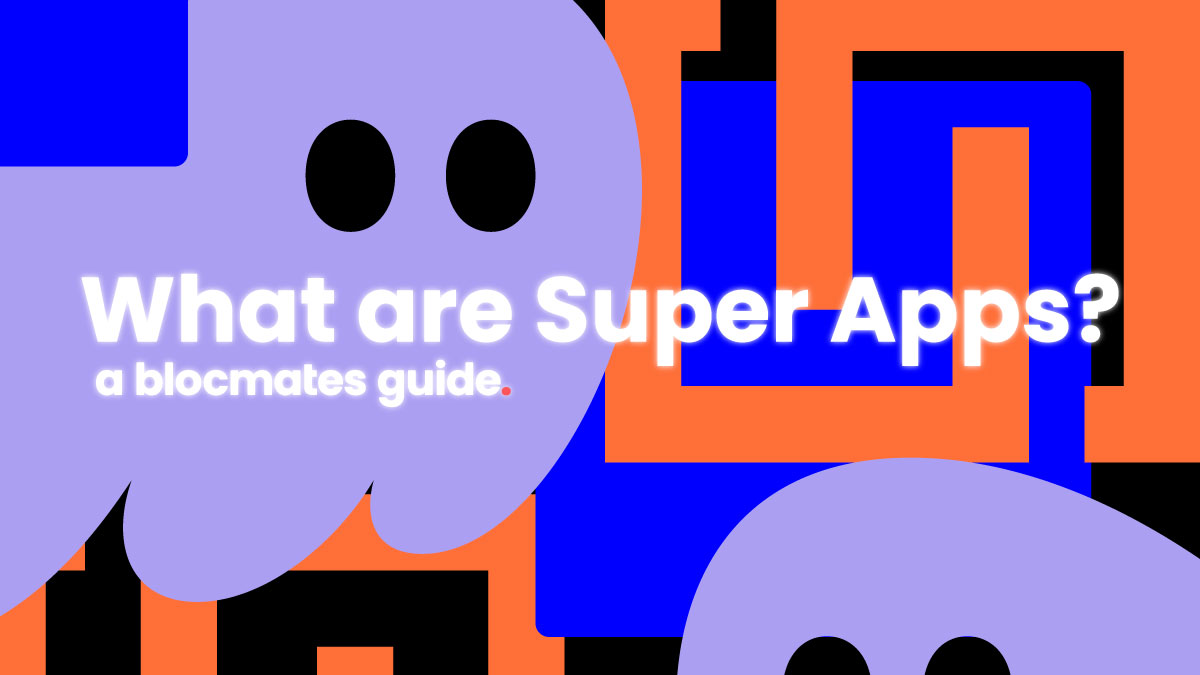
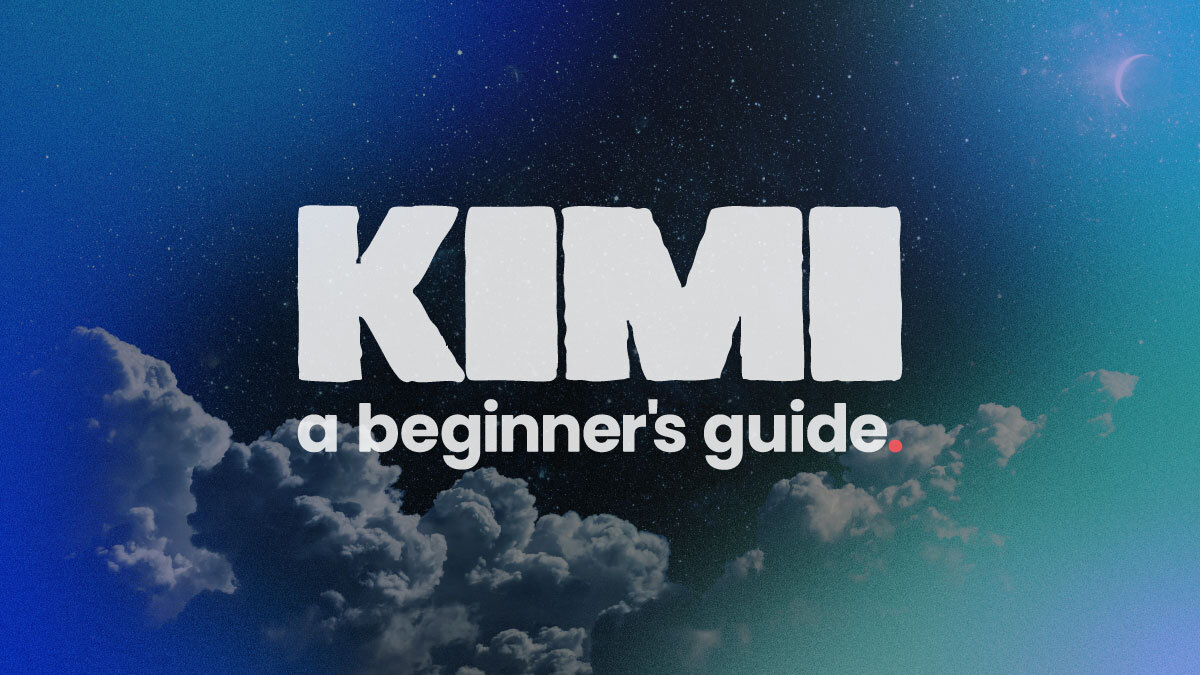
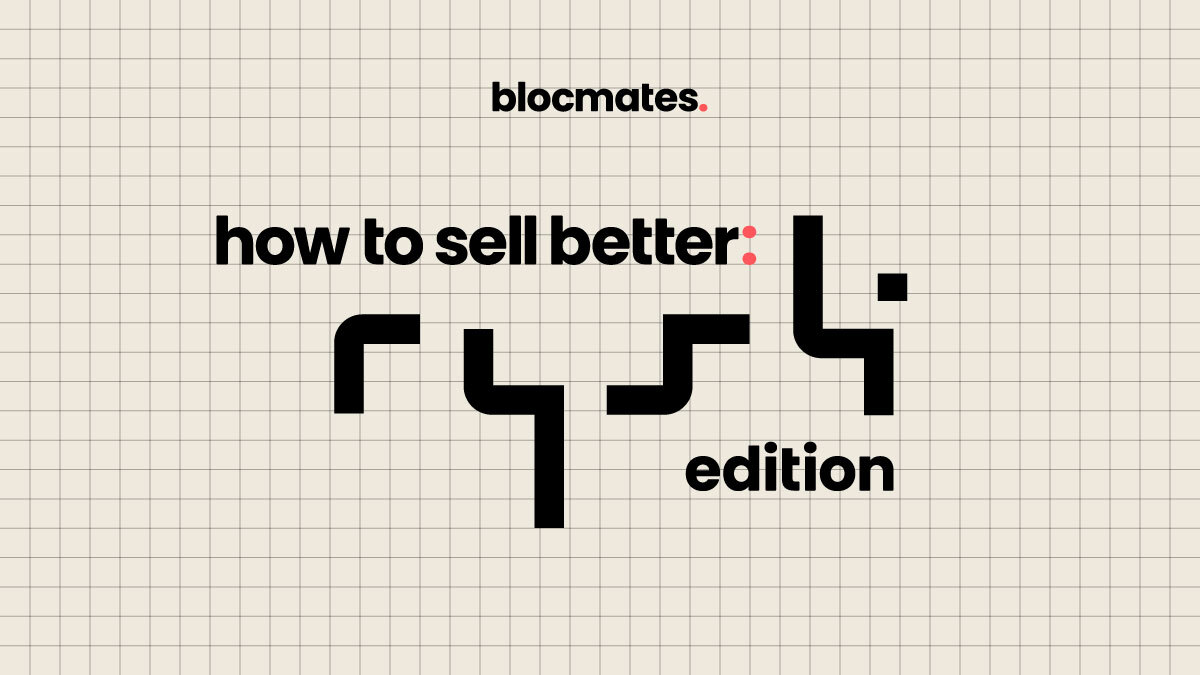
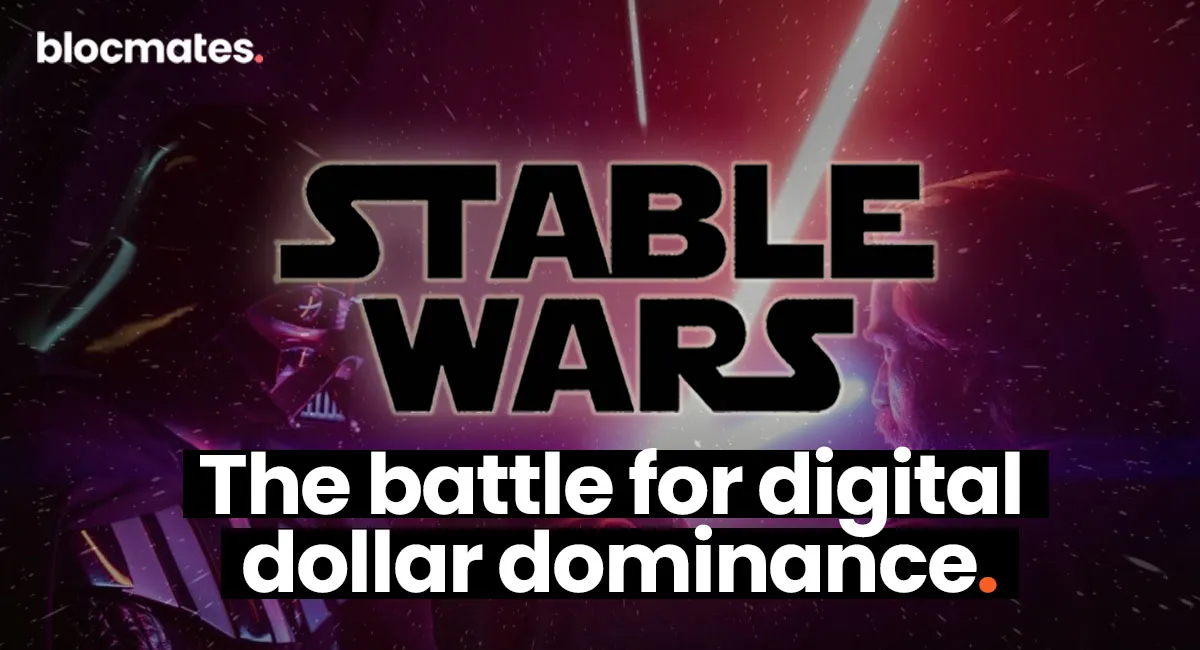

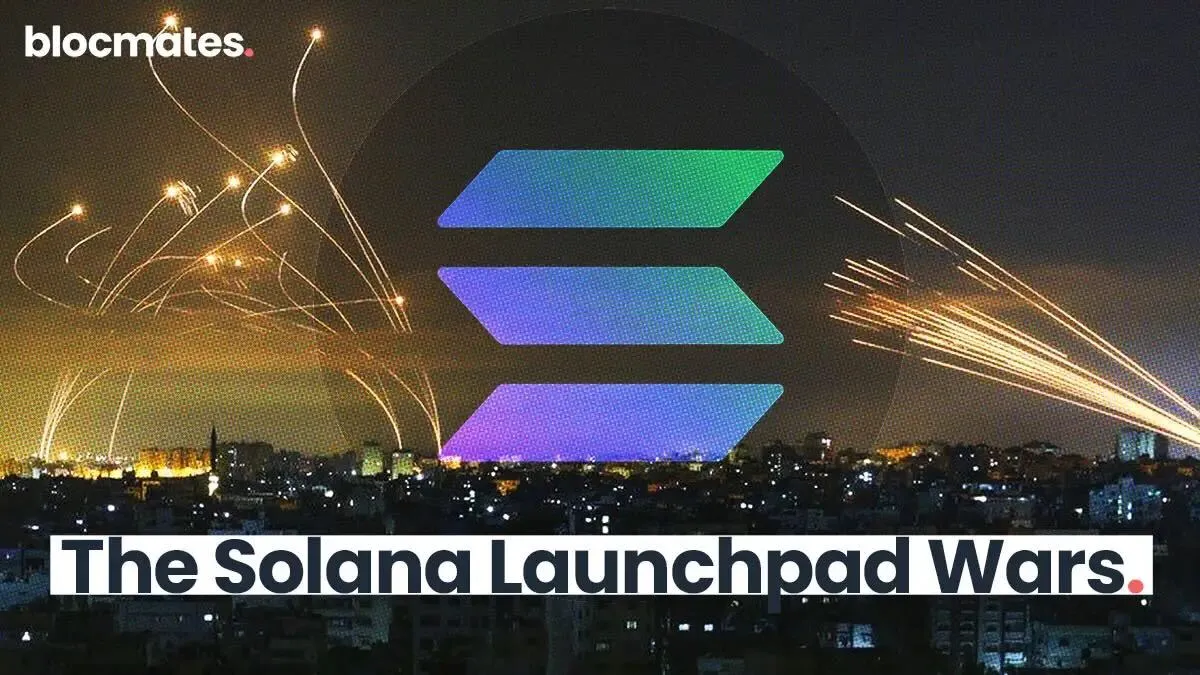




















%202.webp)


.webp)

.webp)
.webp)
.webp)



.webp)

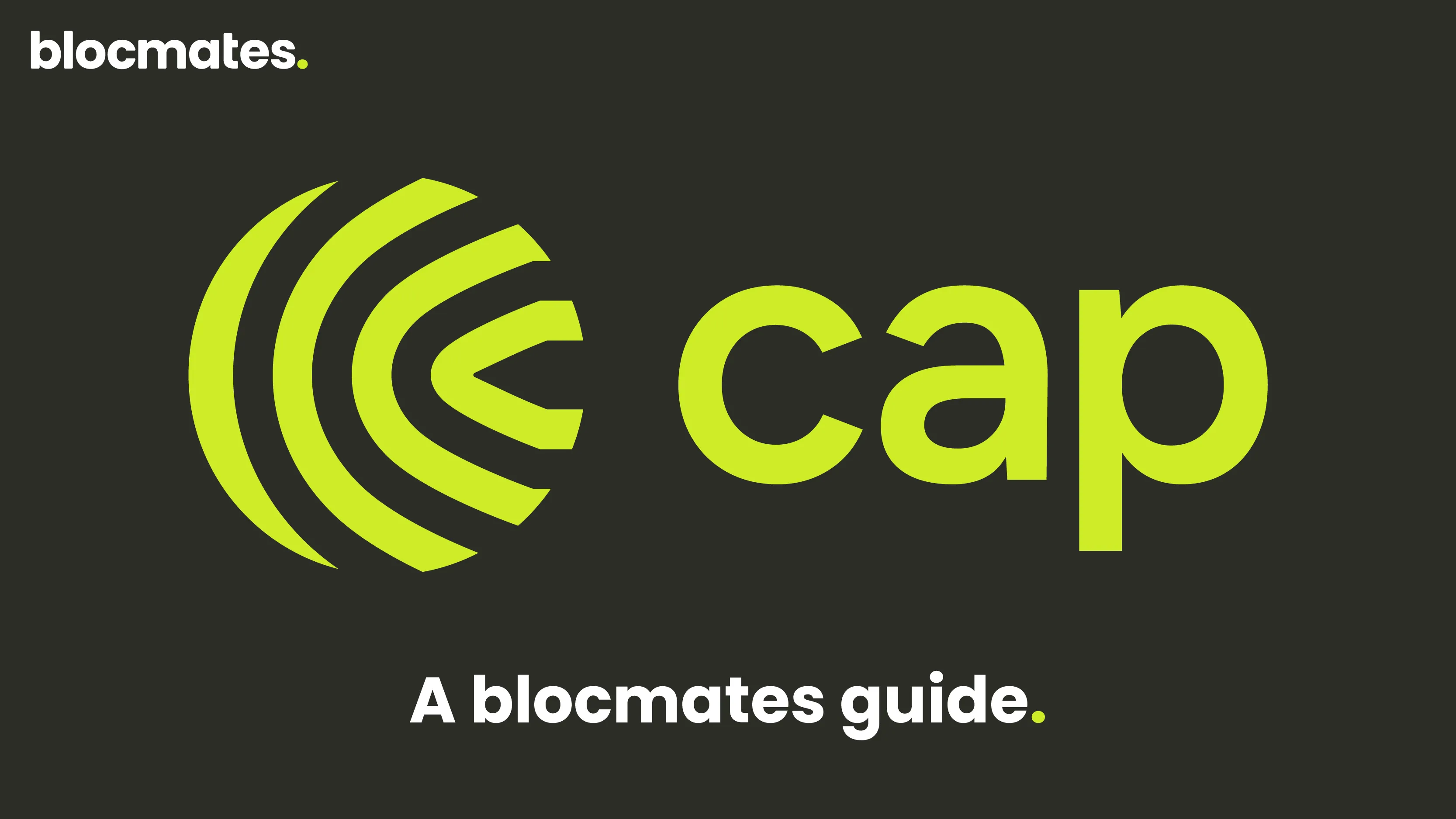










%20the%20Next%20Big%20Unlock%20in%20AI.webp)




.webp)
.webp)

.webp)
.webp)
.webp)


.webp)
.webp)










.webp)


.webp)









.webp)







.webp)
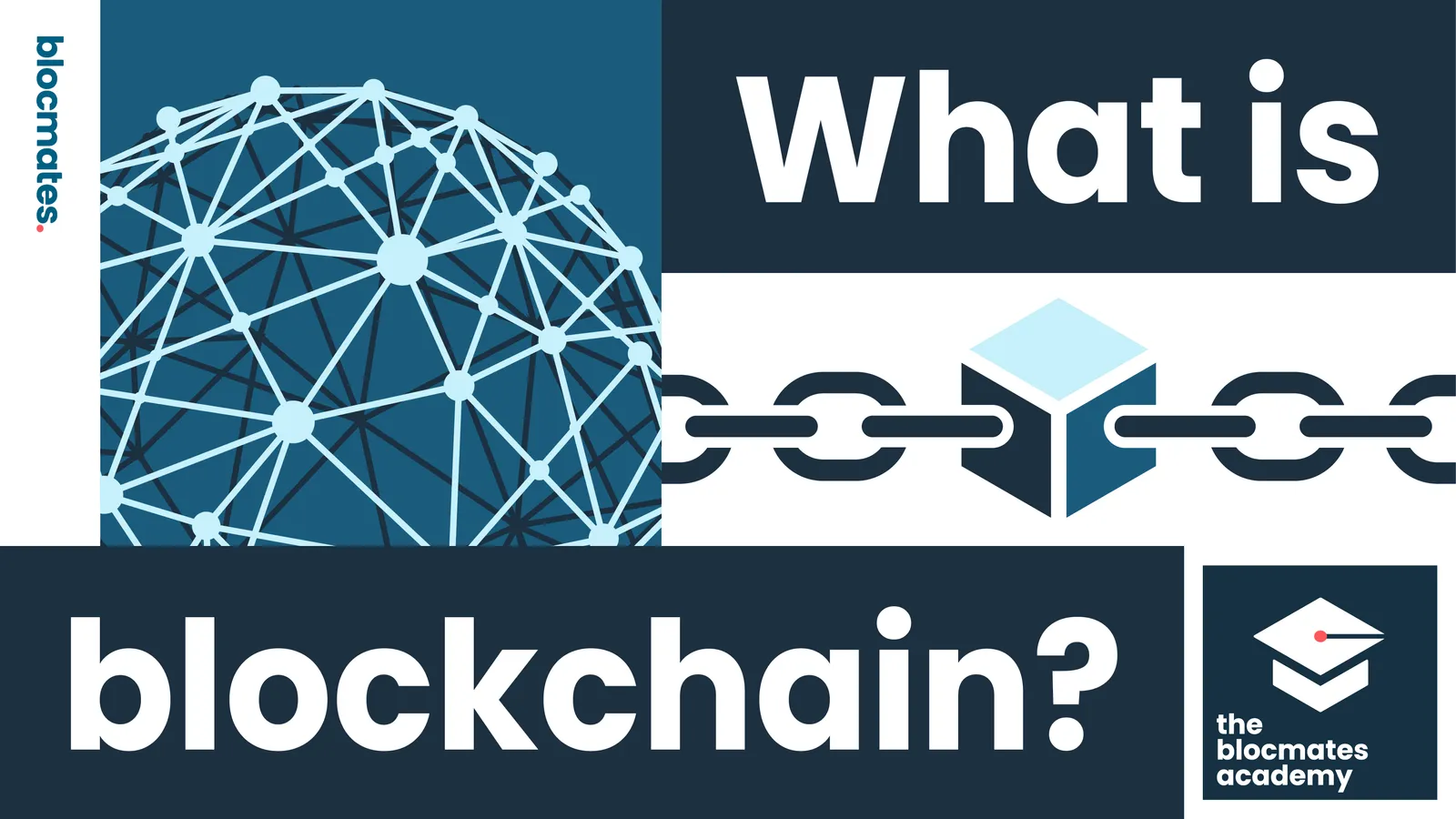



.webp)






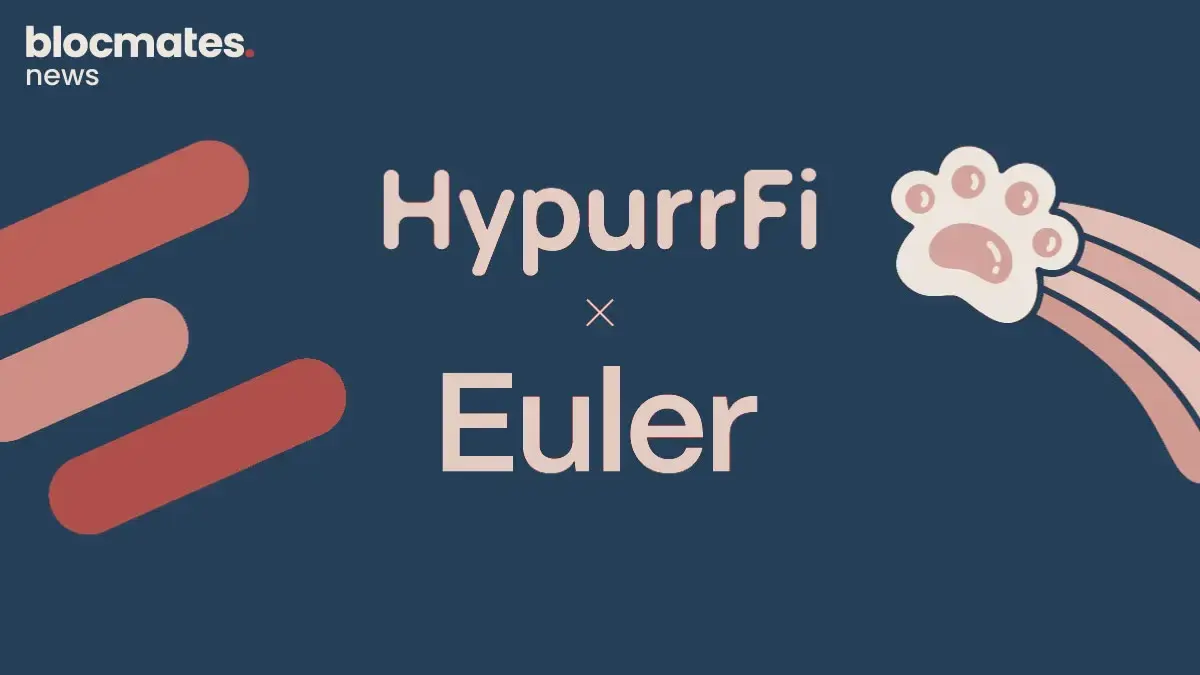





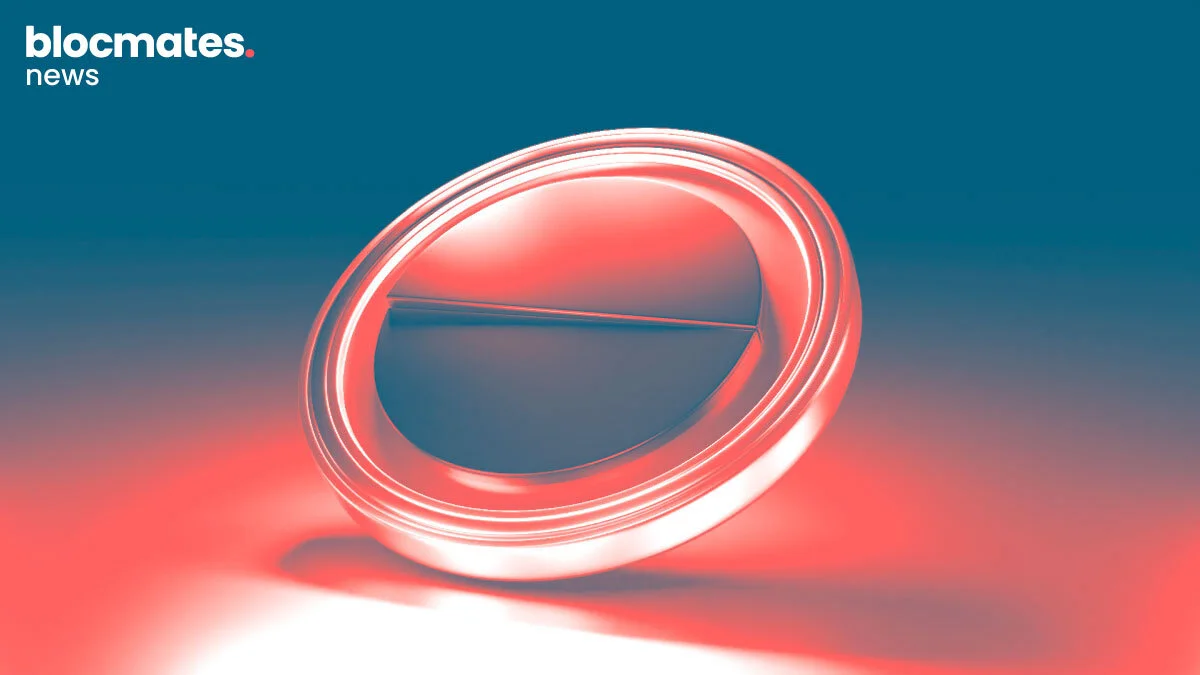
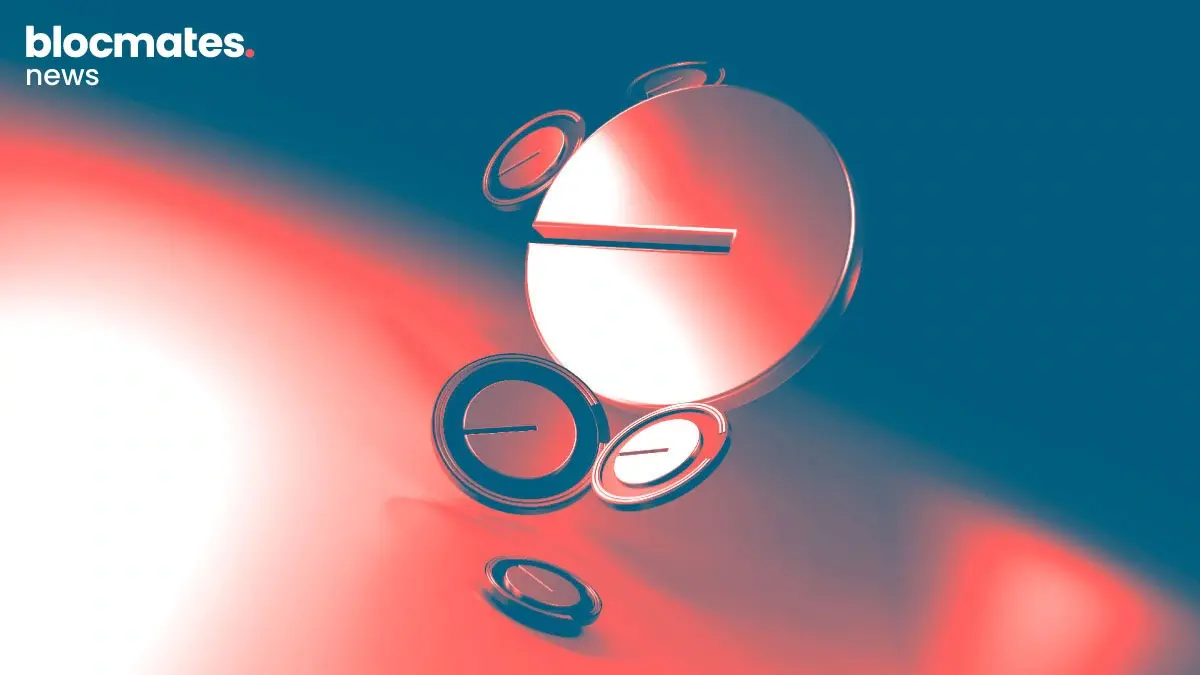
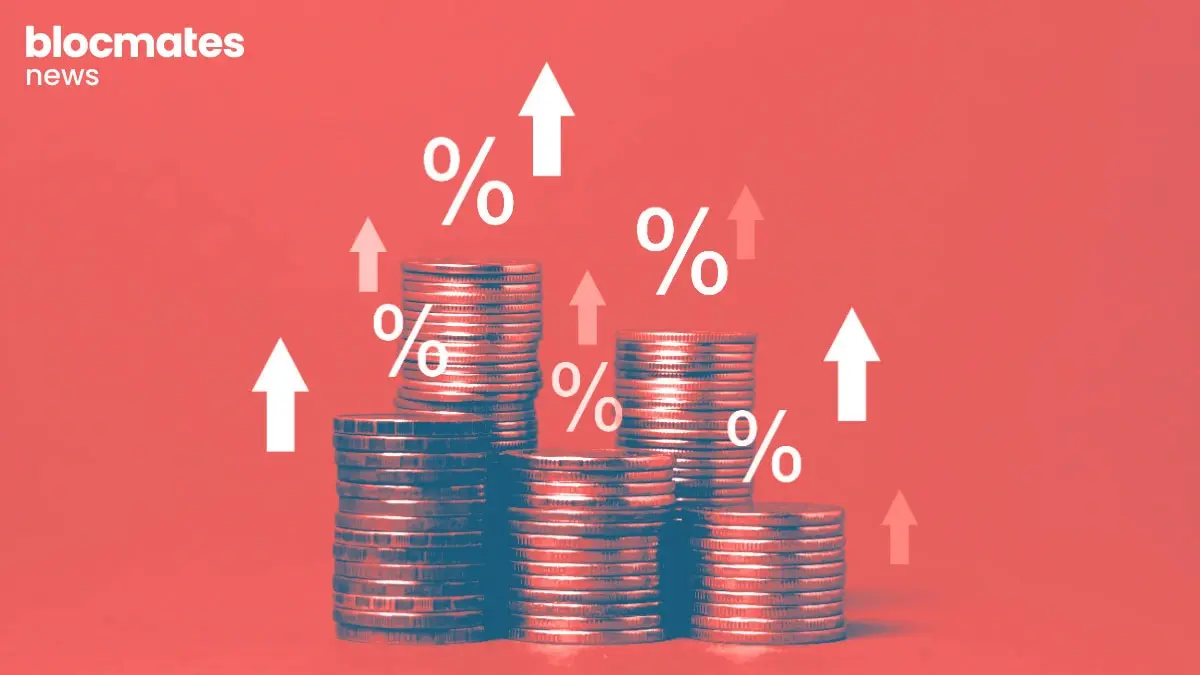

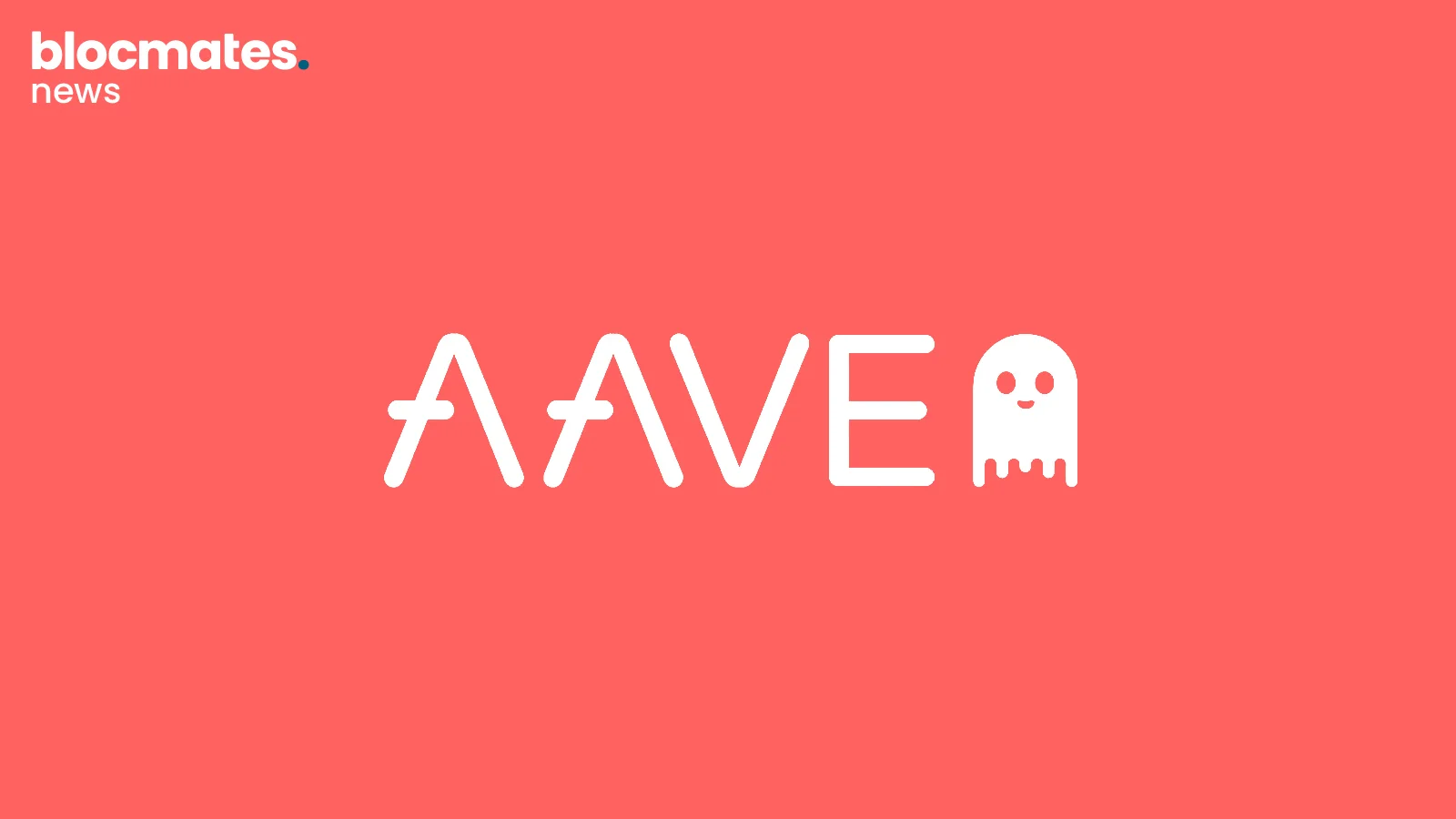
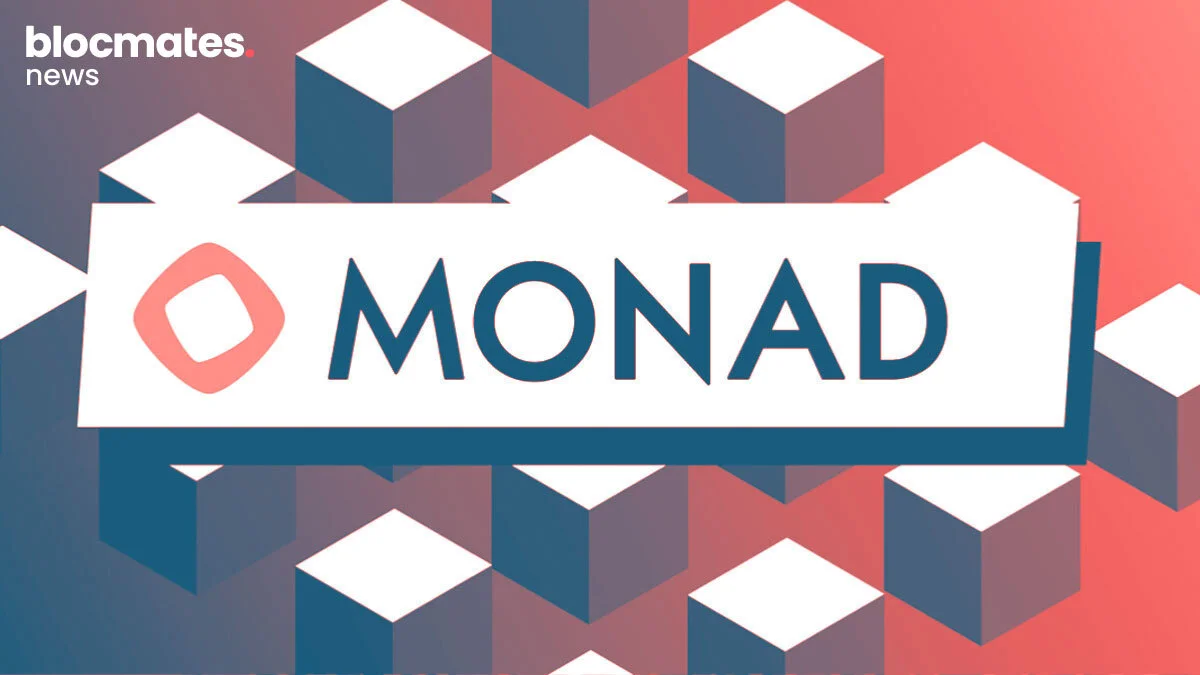
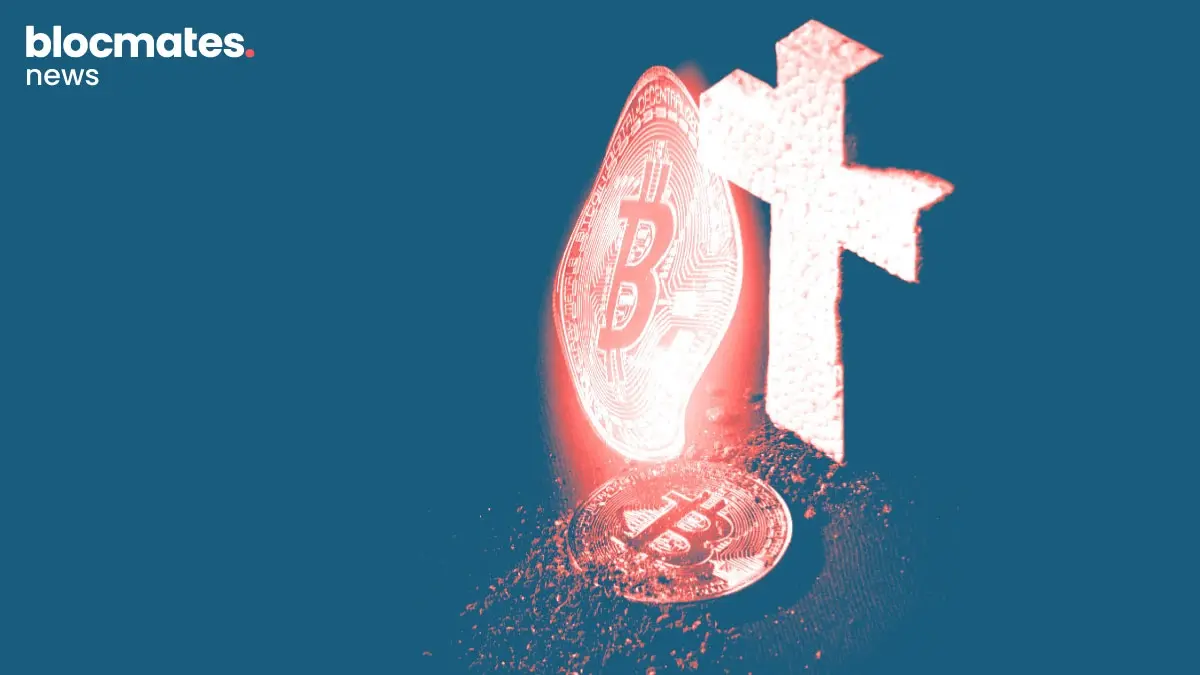

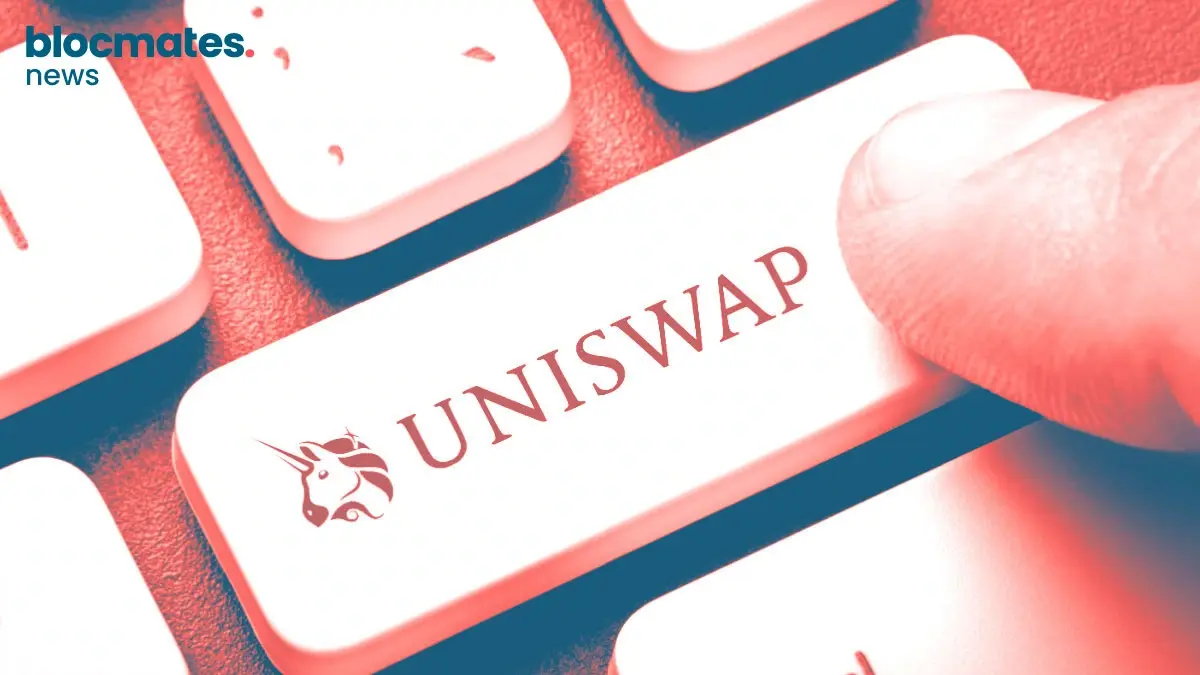
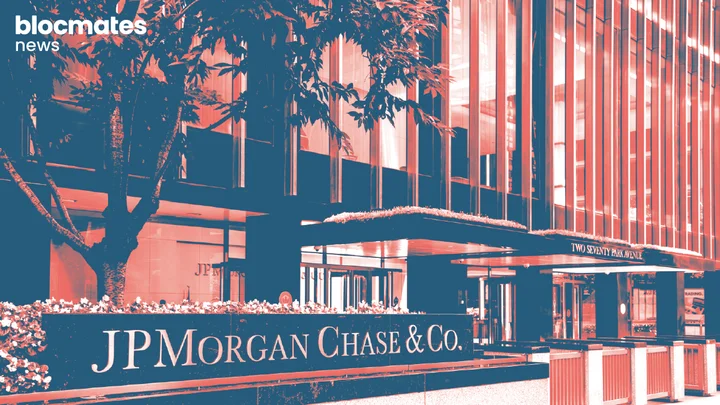
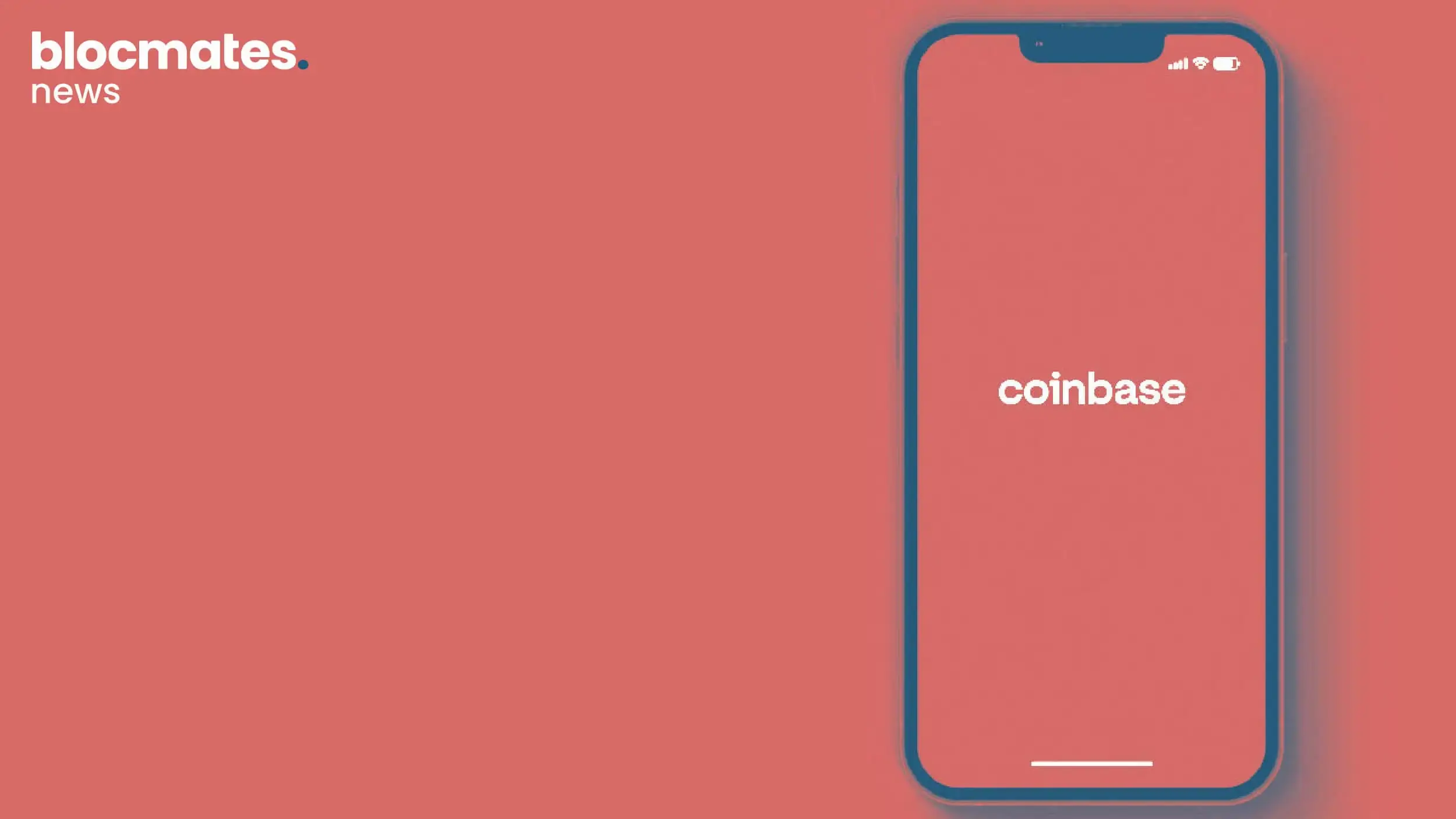
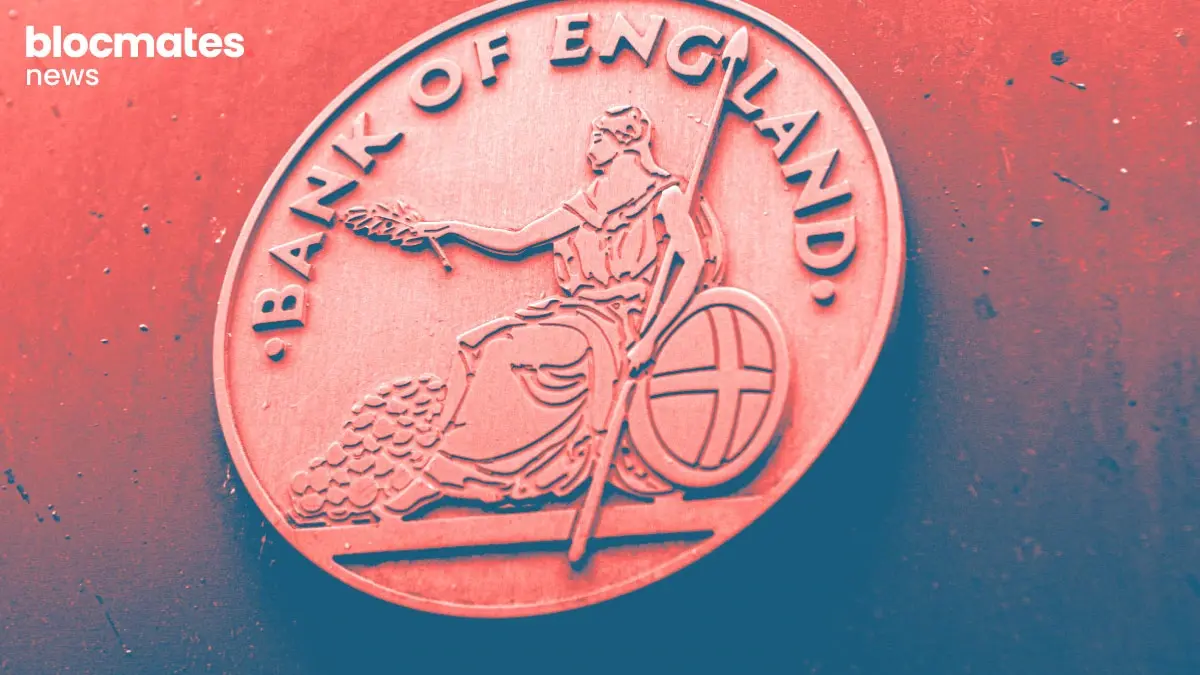
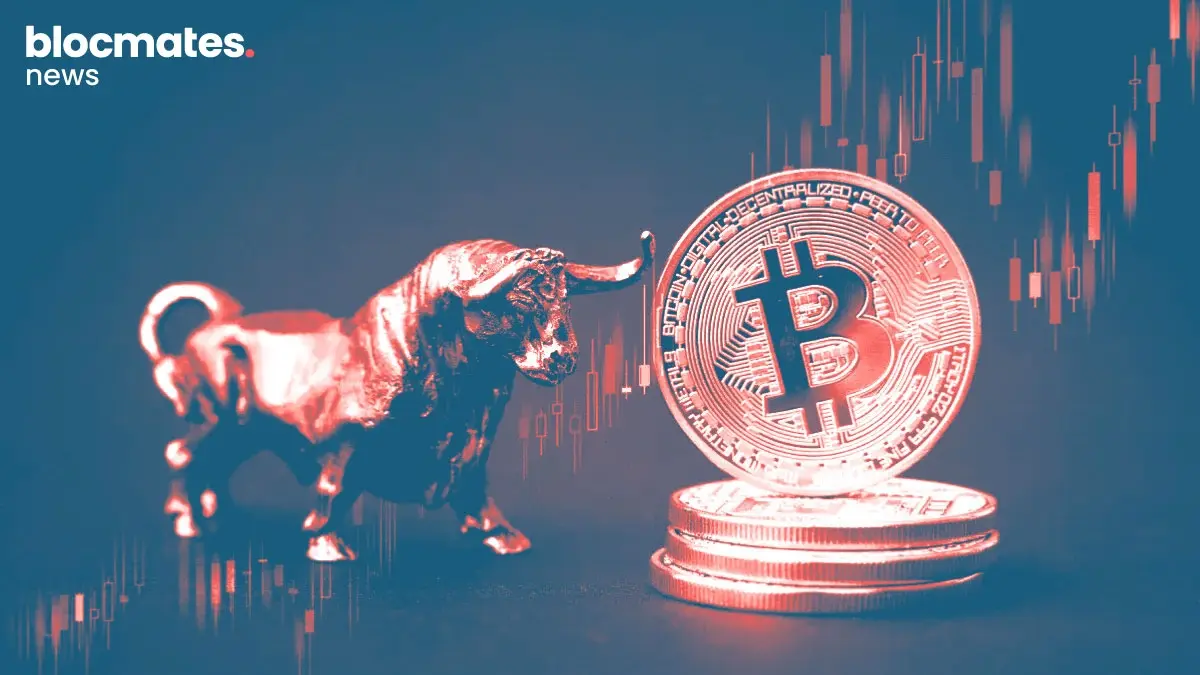

.webp)
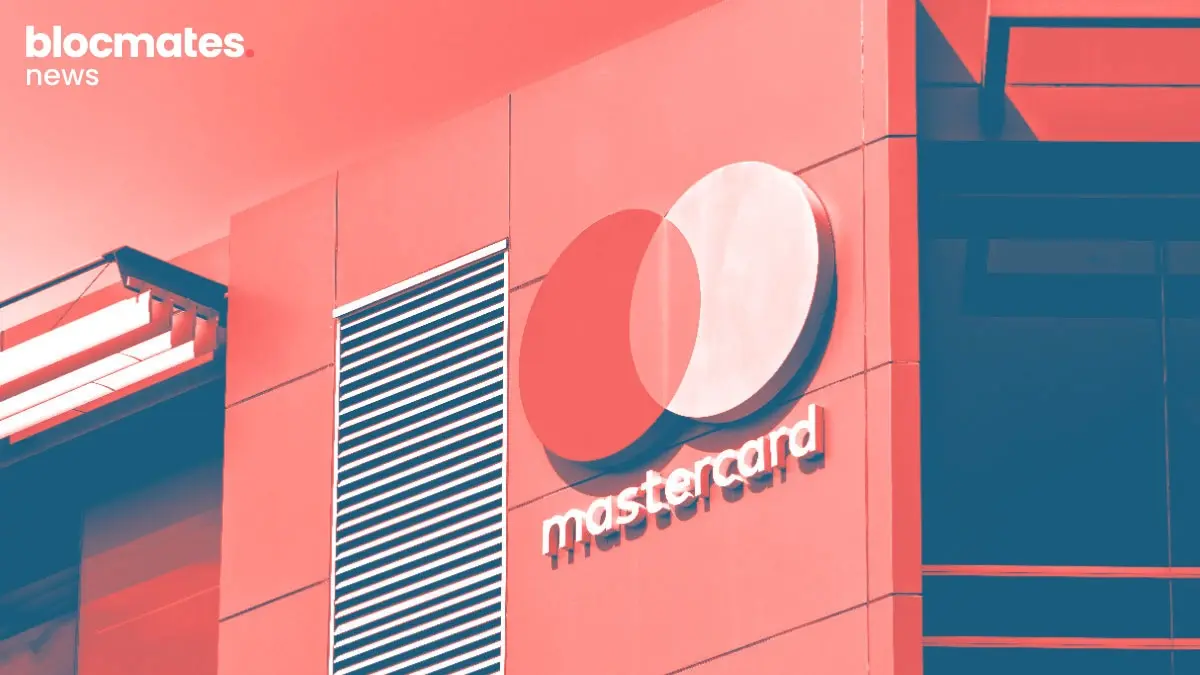

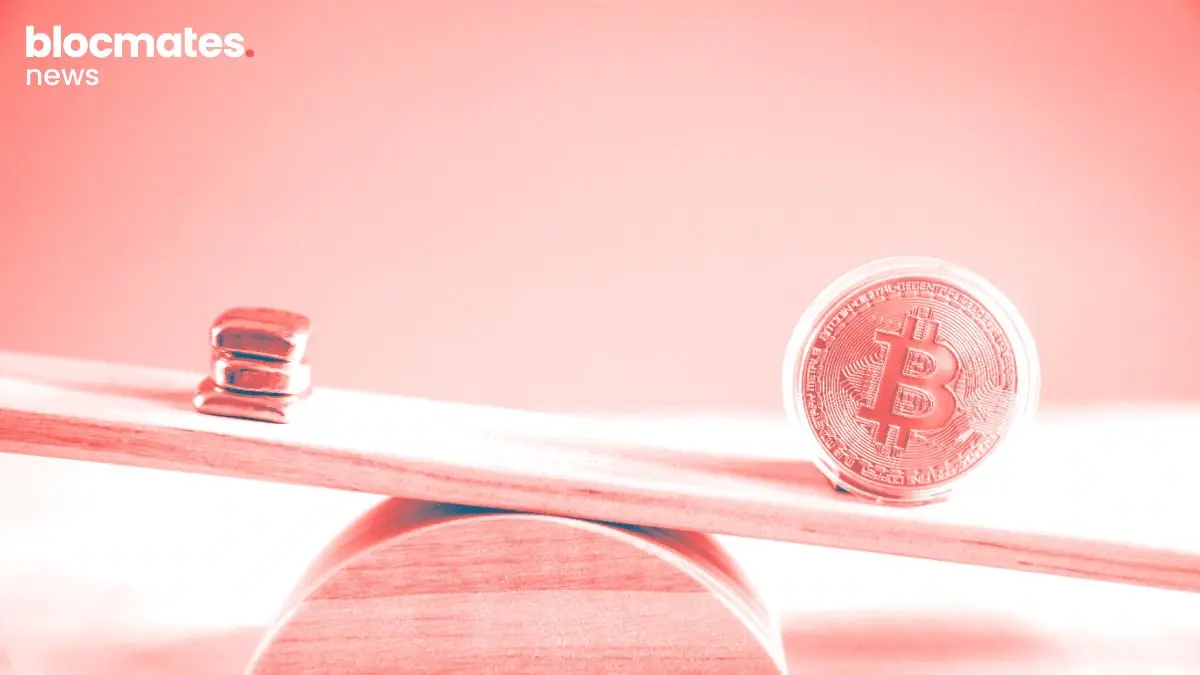
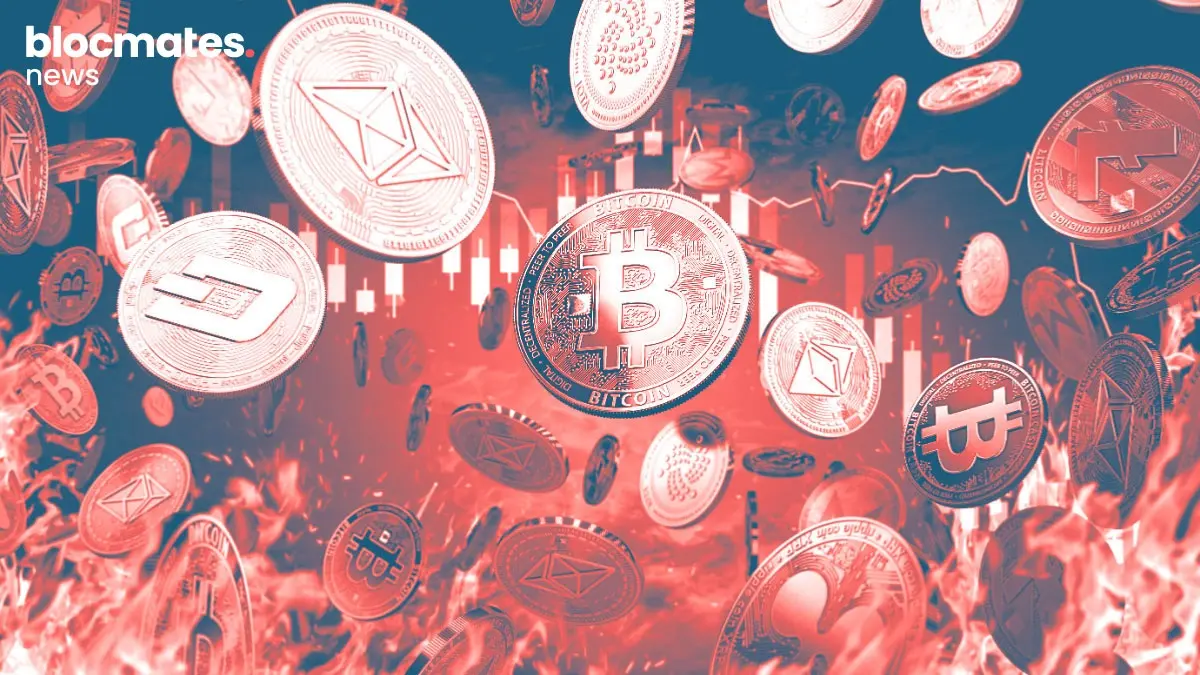



.webp)
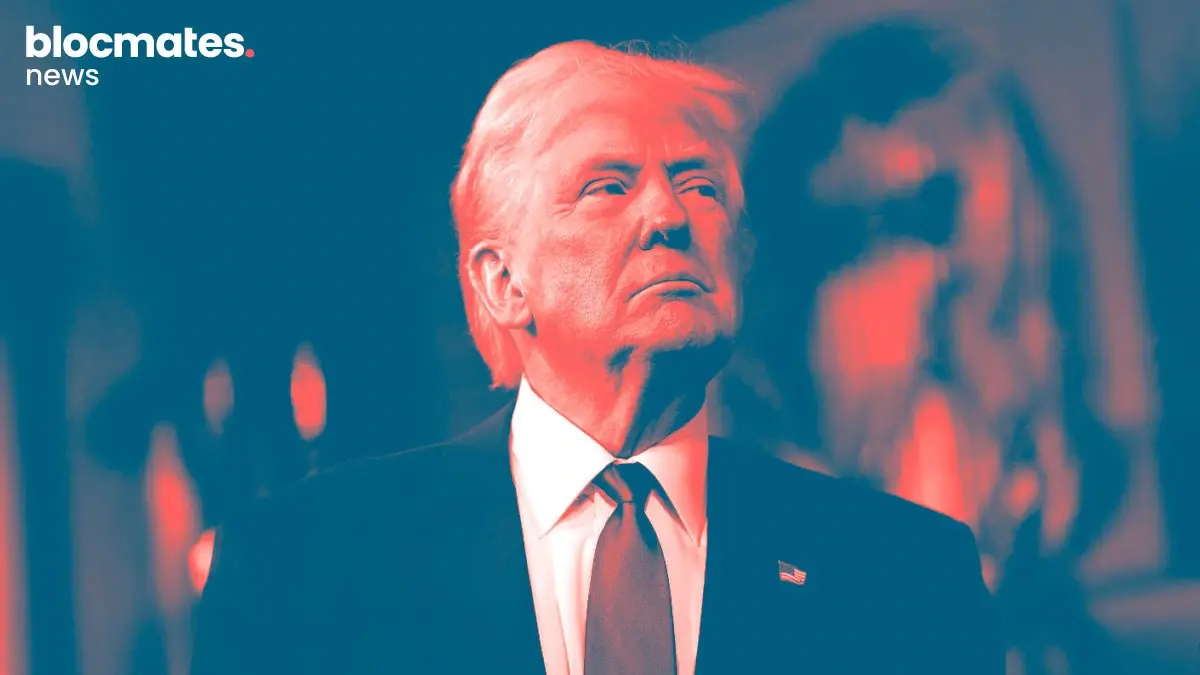
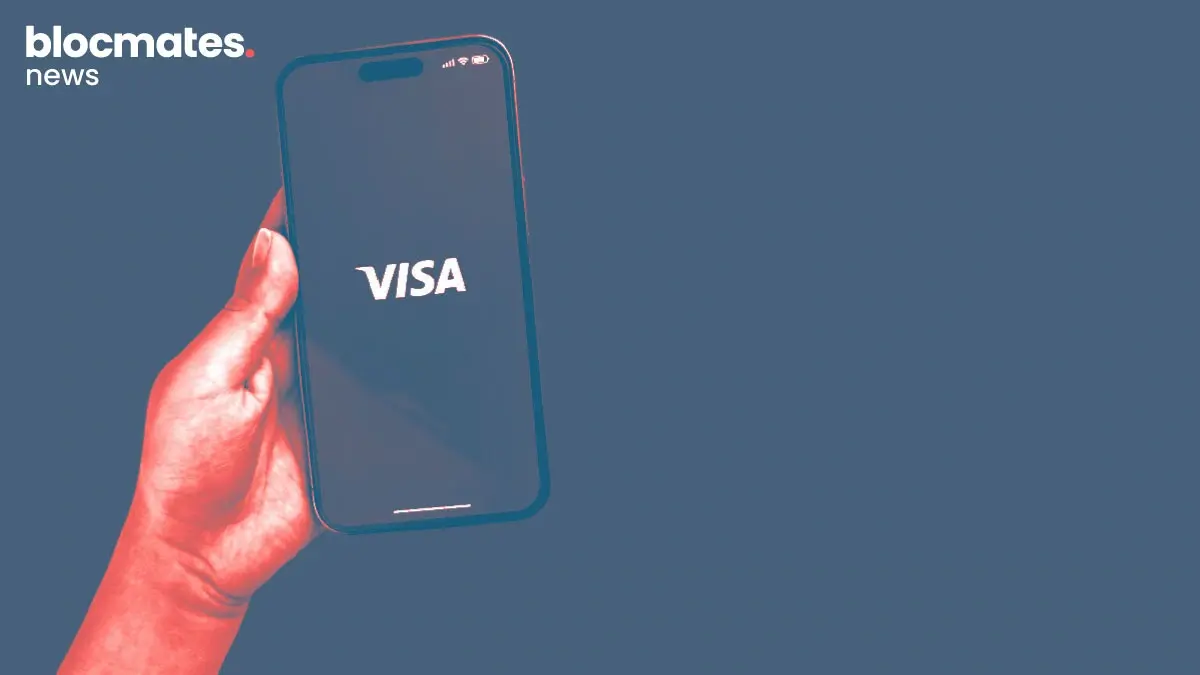
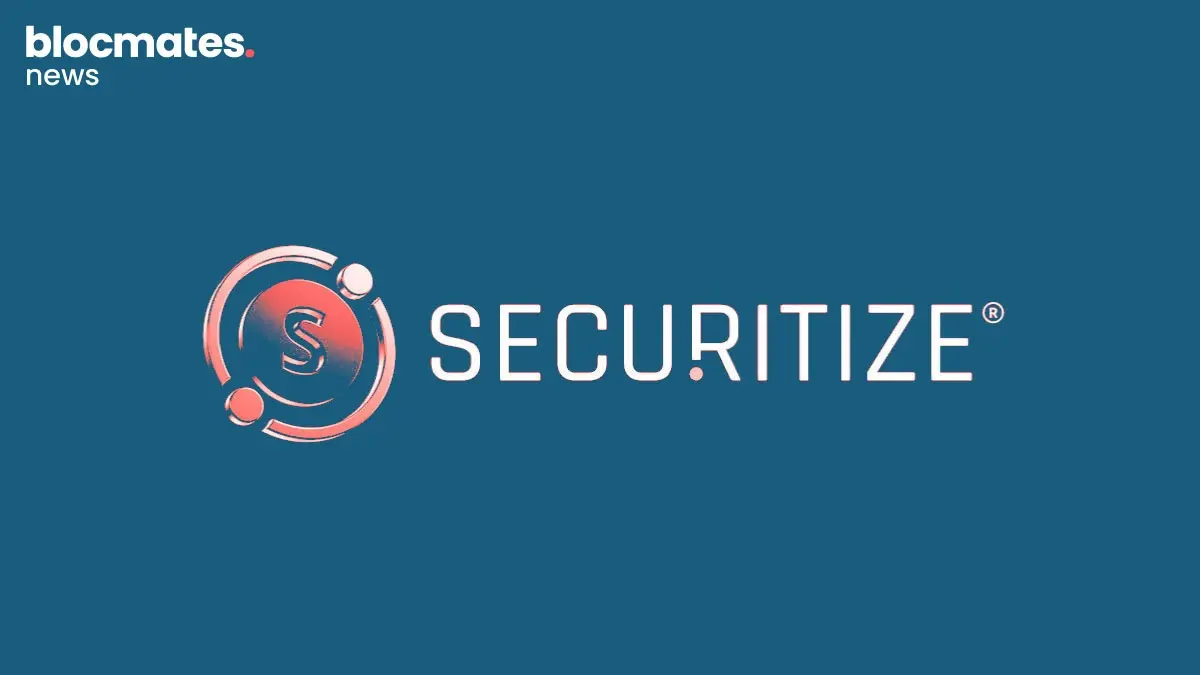

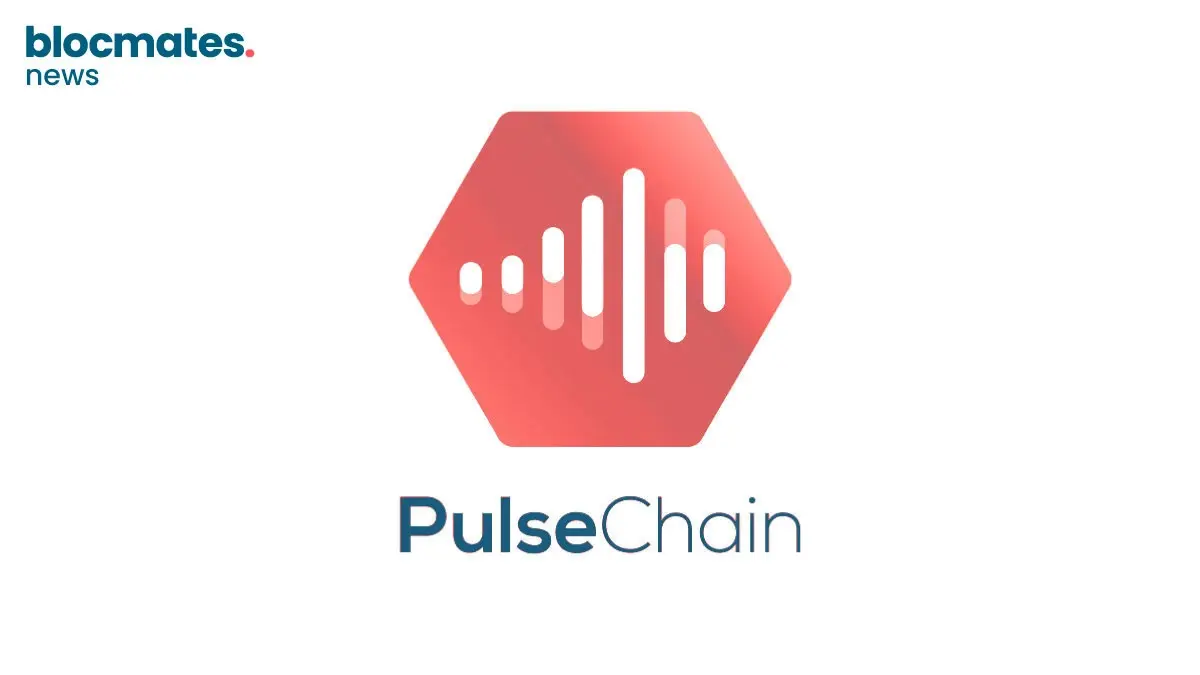
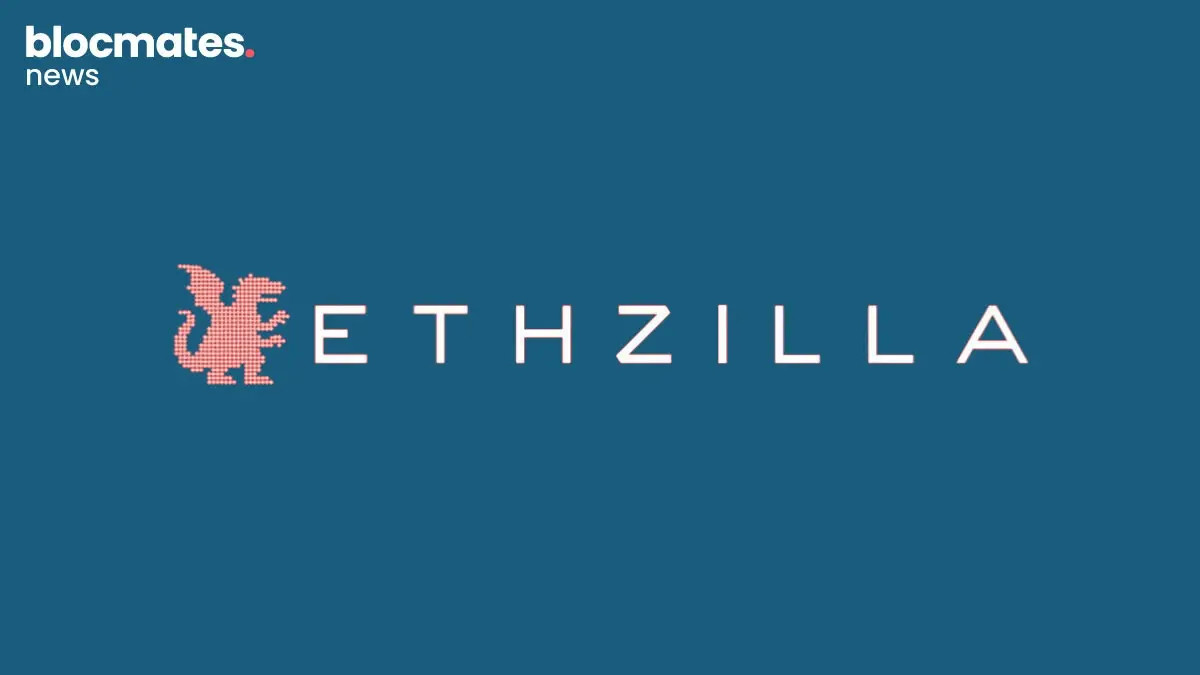
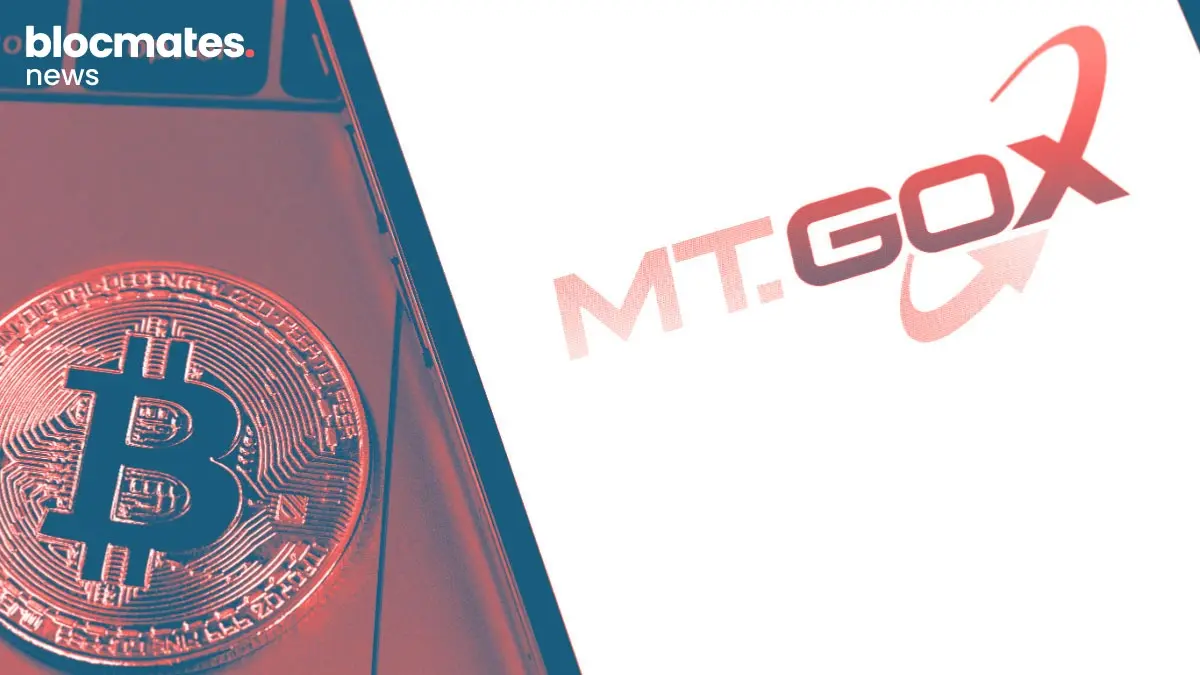
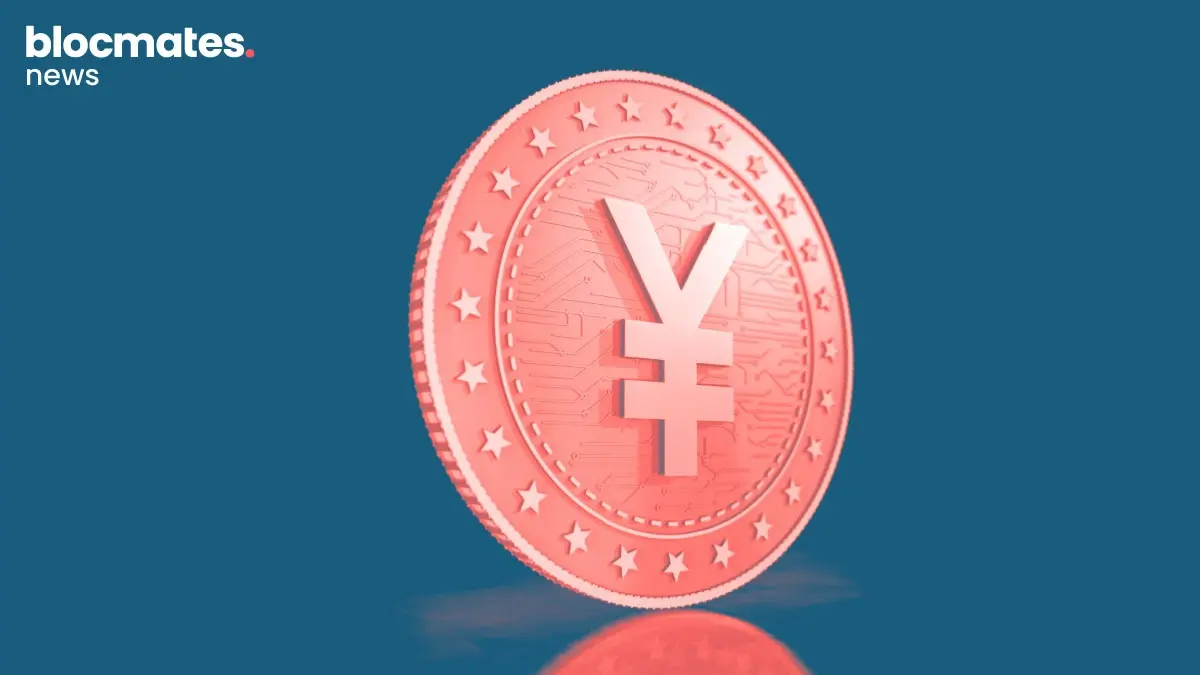
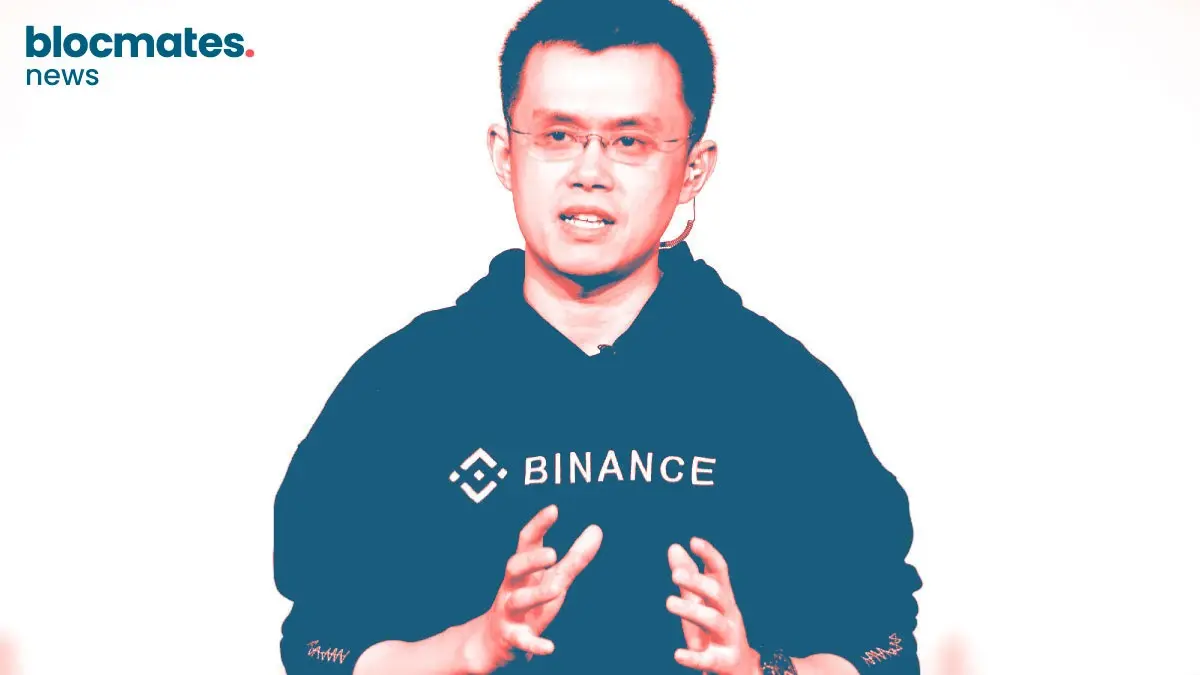

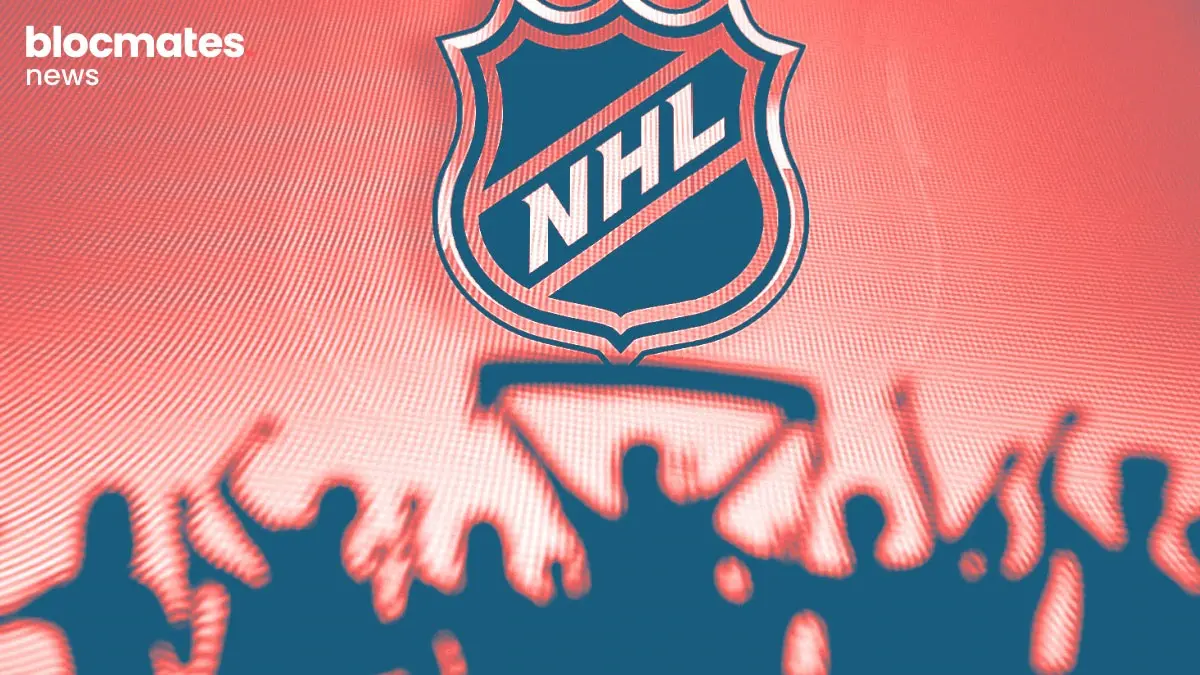
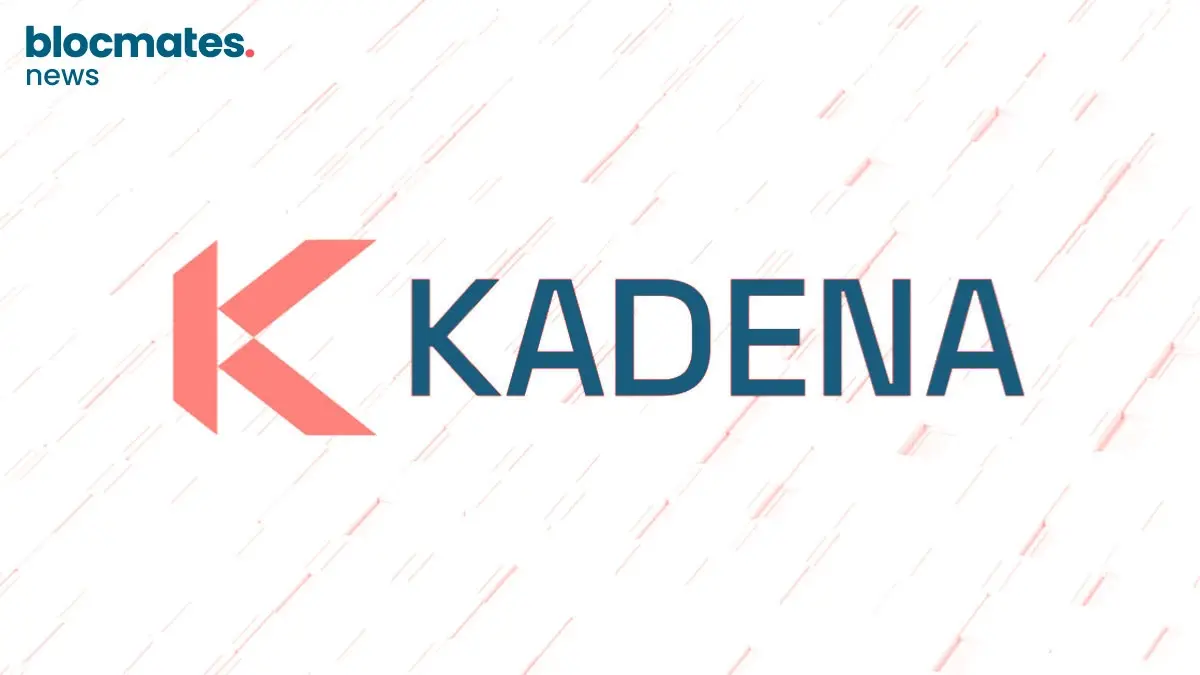

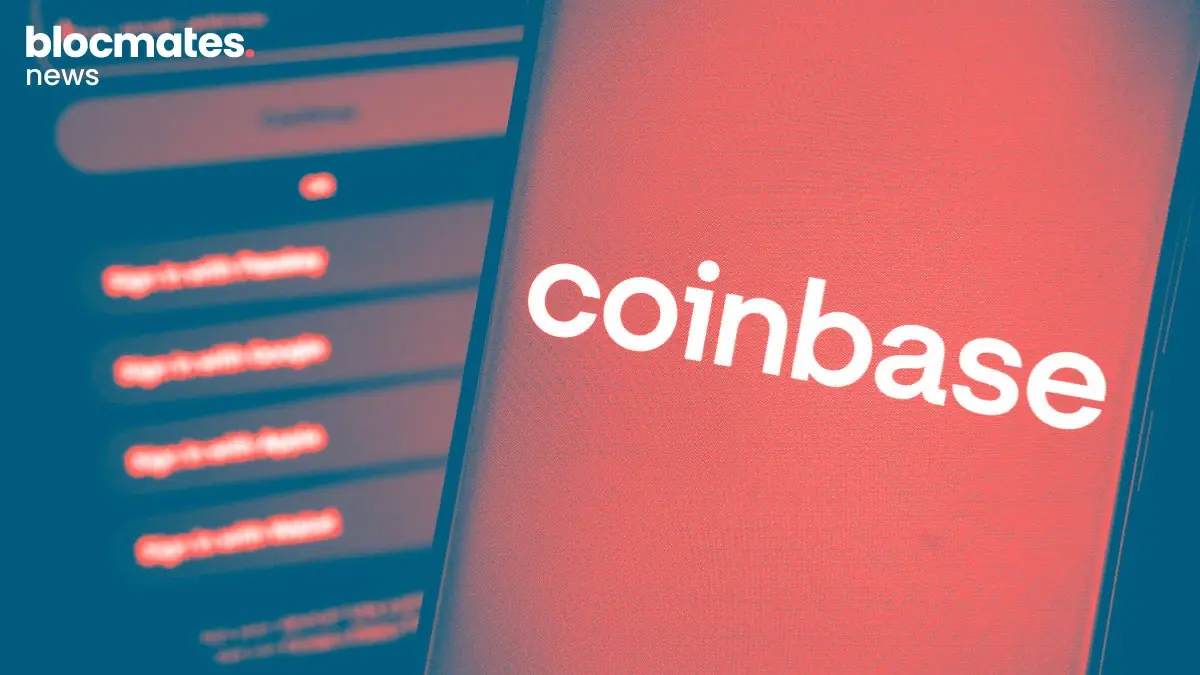
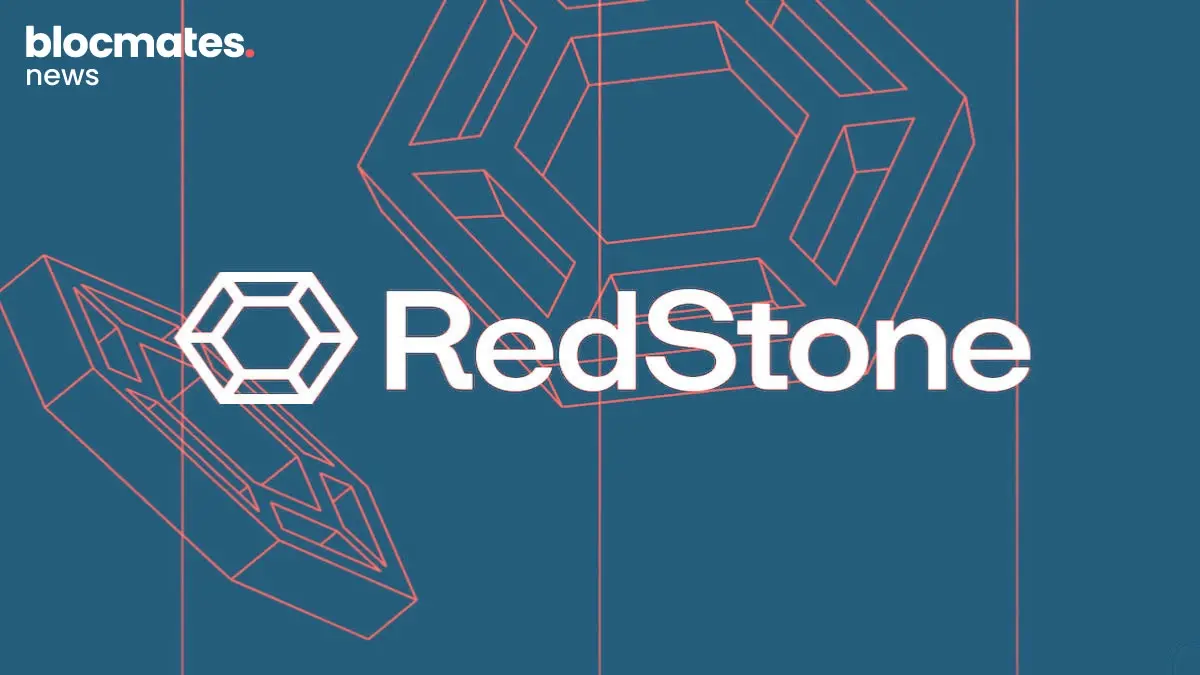
.webp)
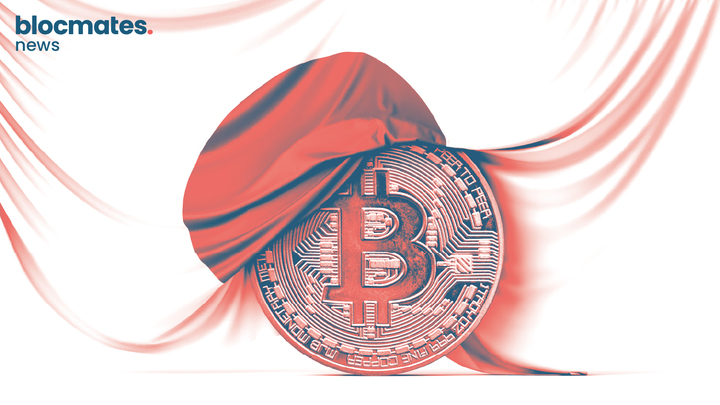
.webp)
.webp)

.webp)


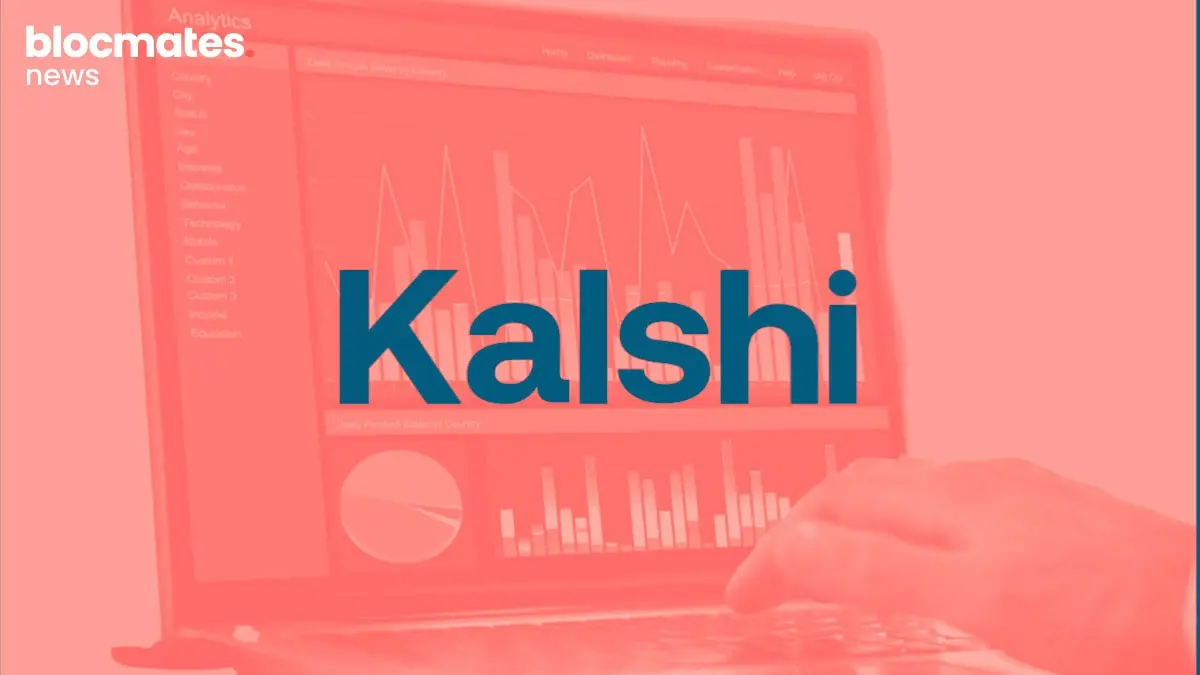
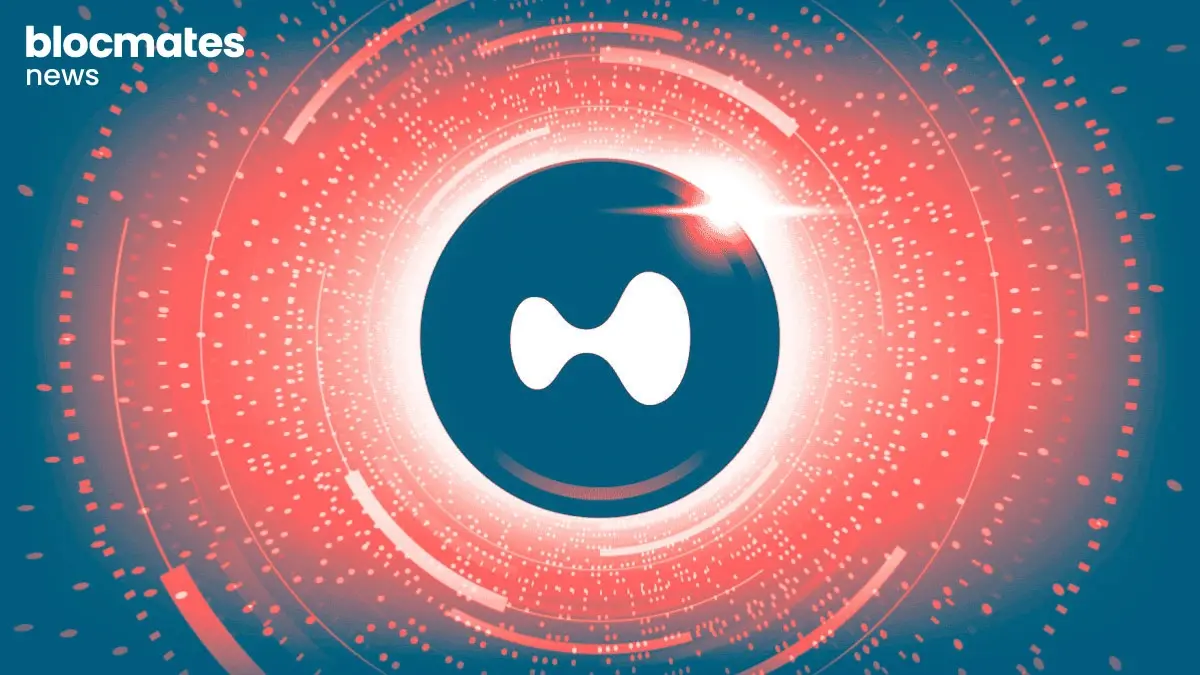



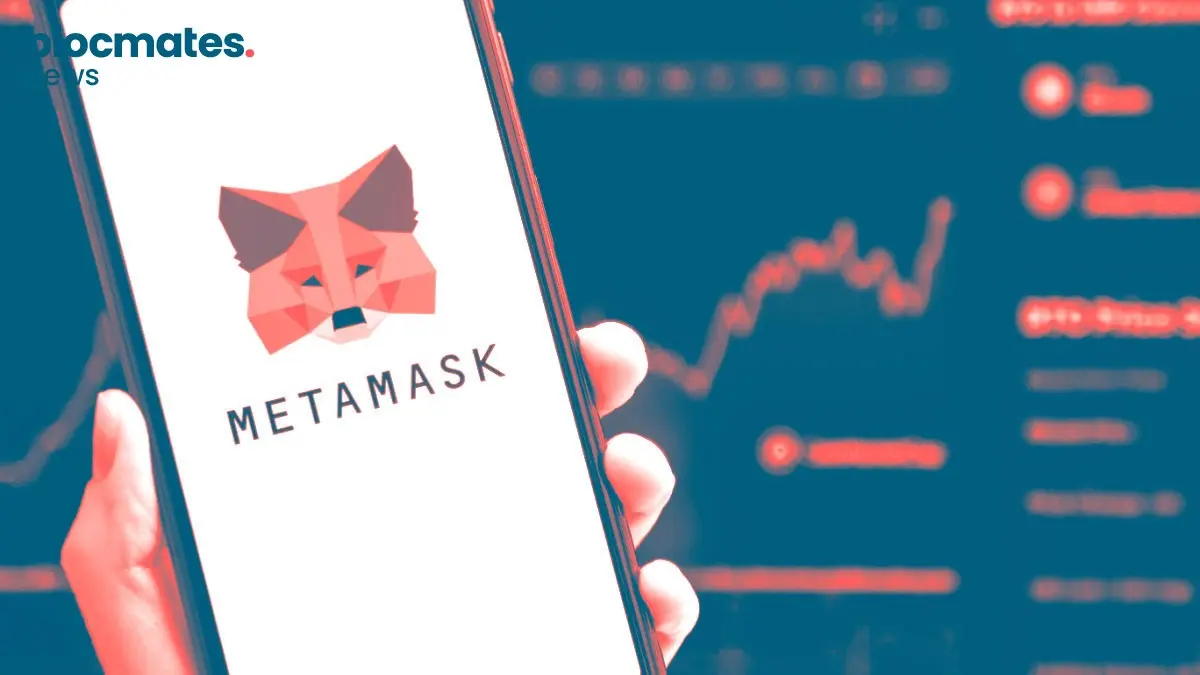
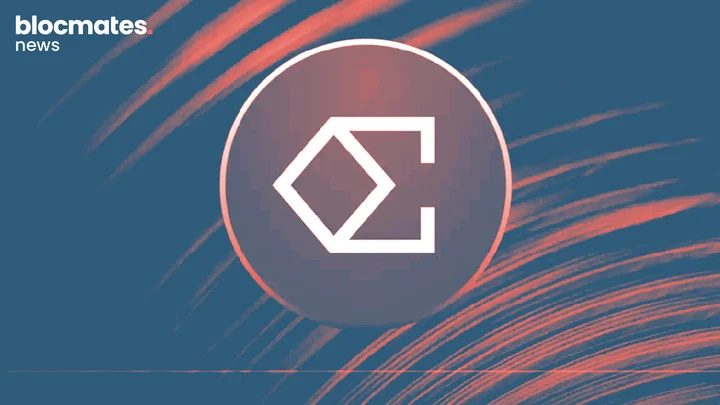
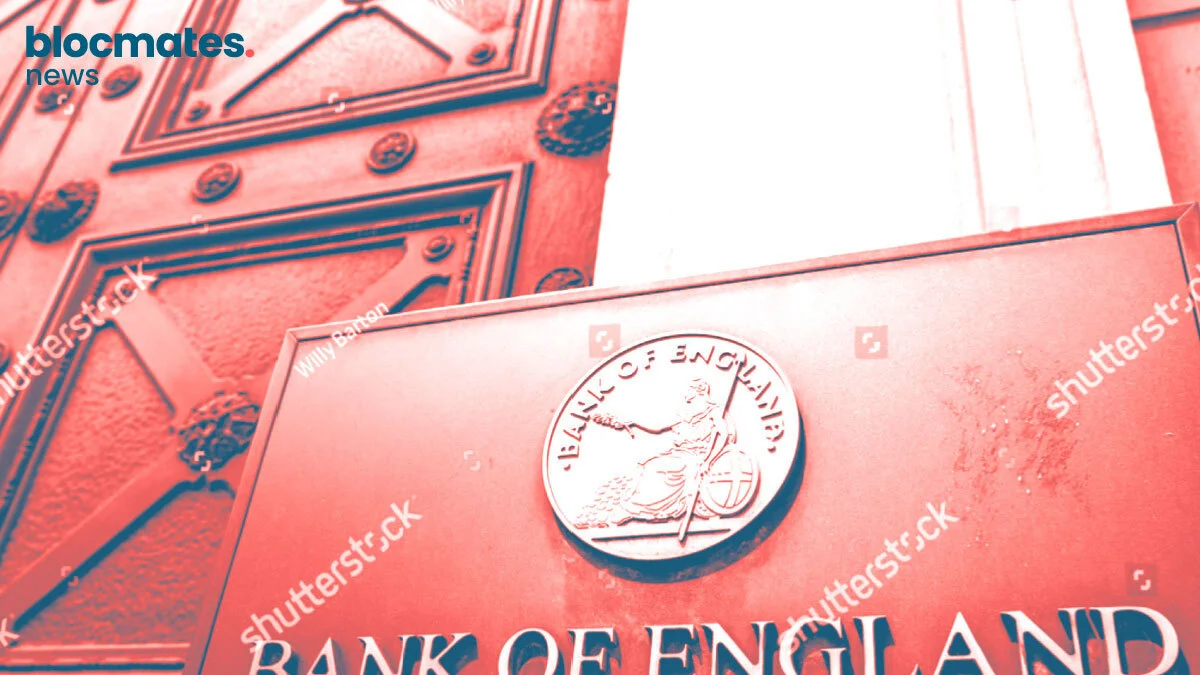

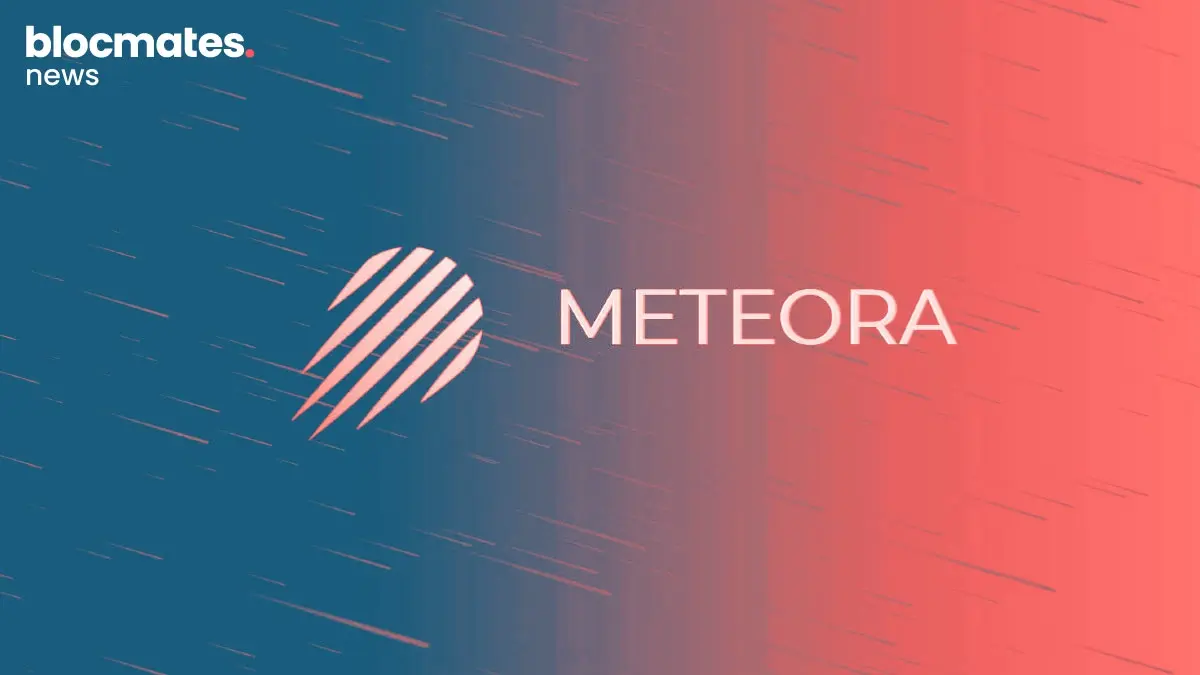
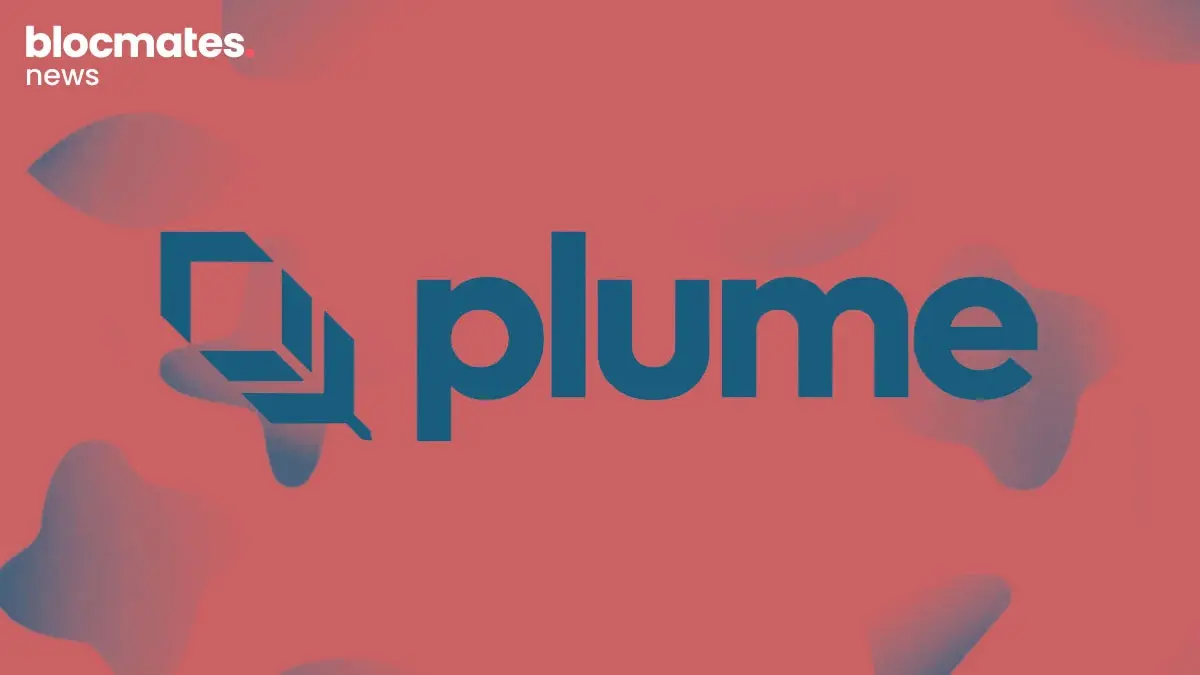

.webp)

.webp)
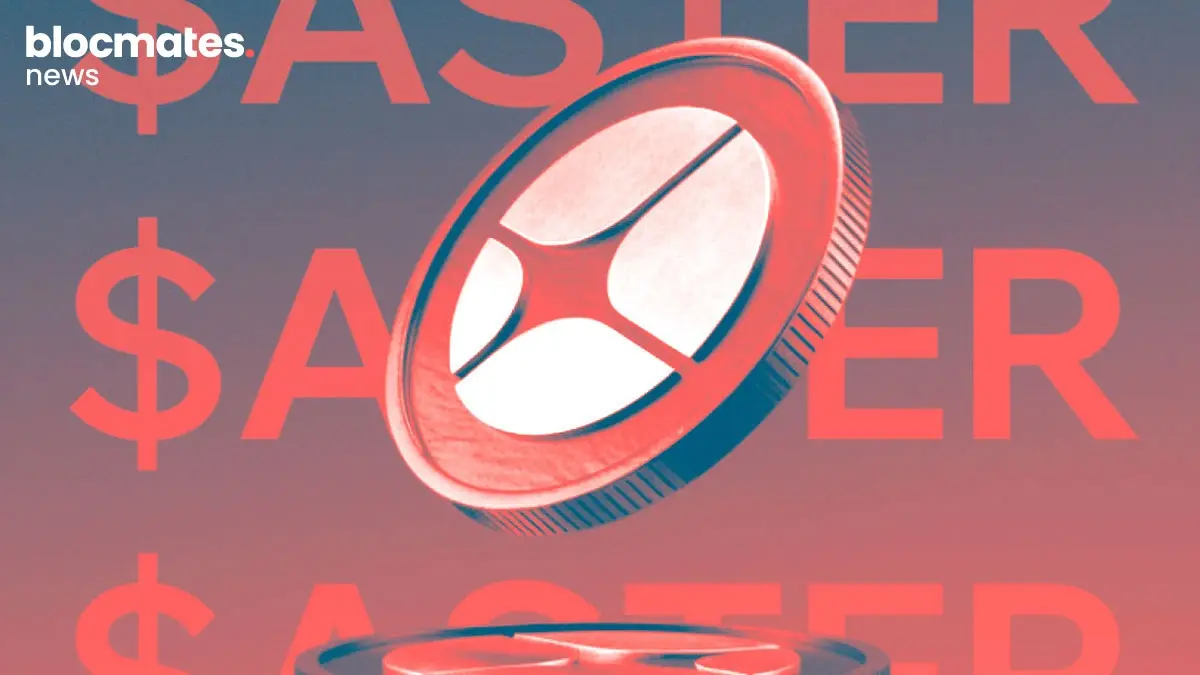
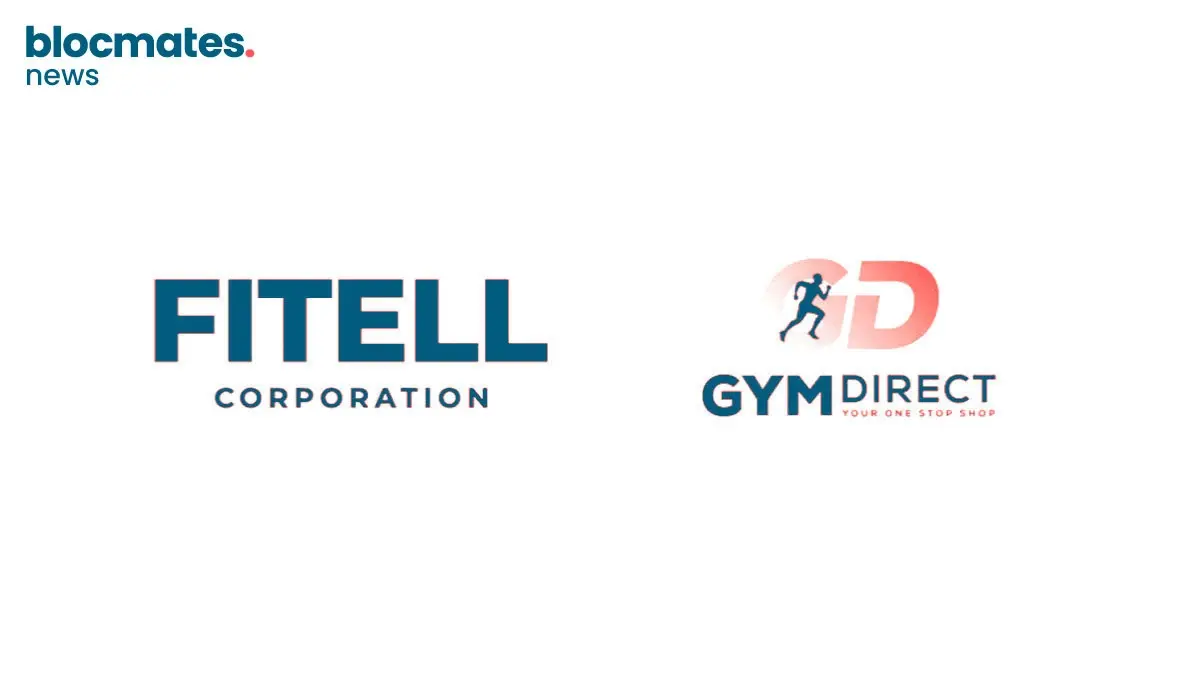
.webp)

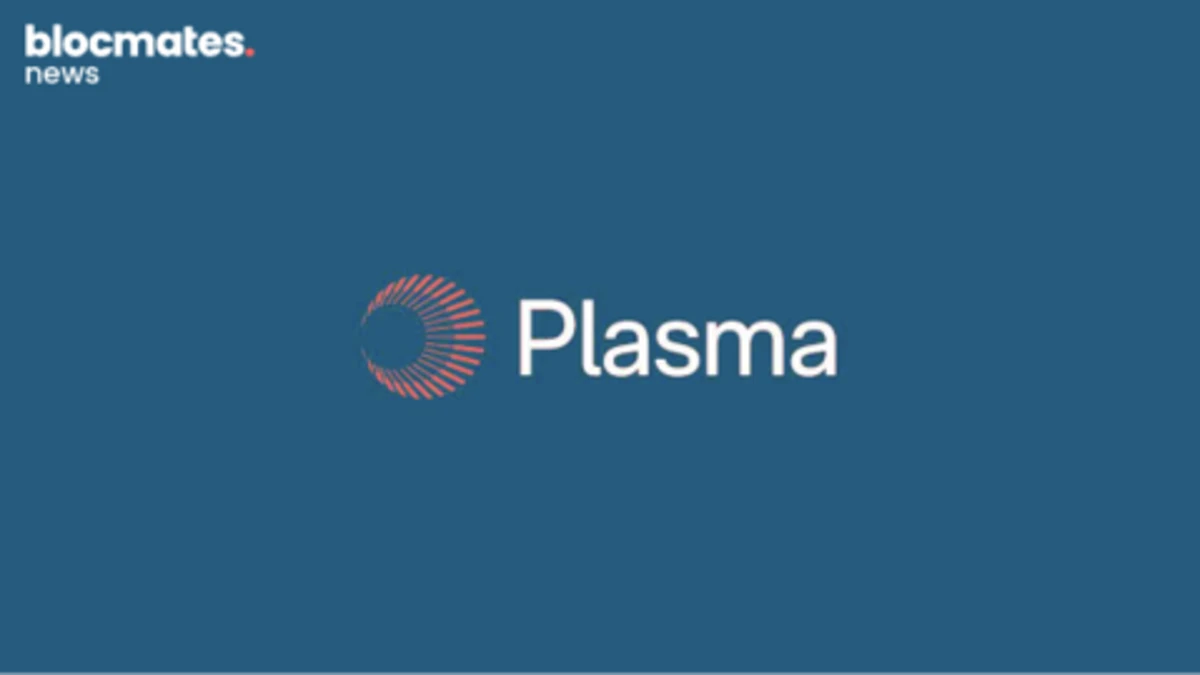

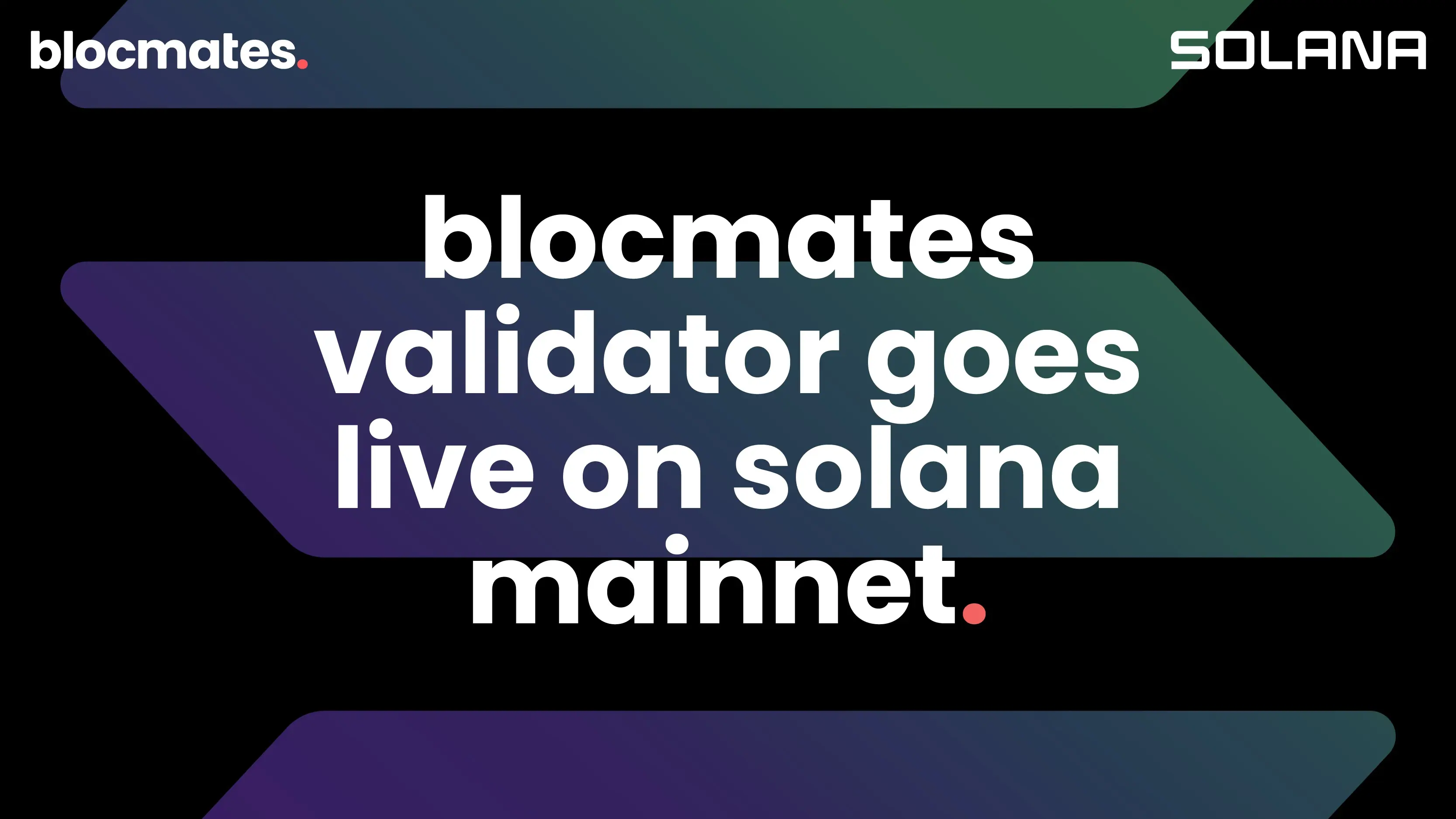
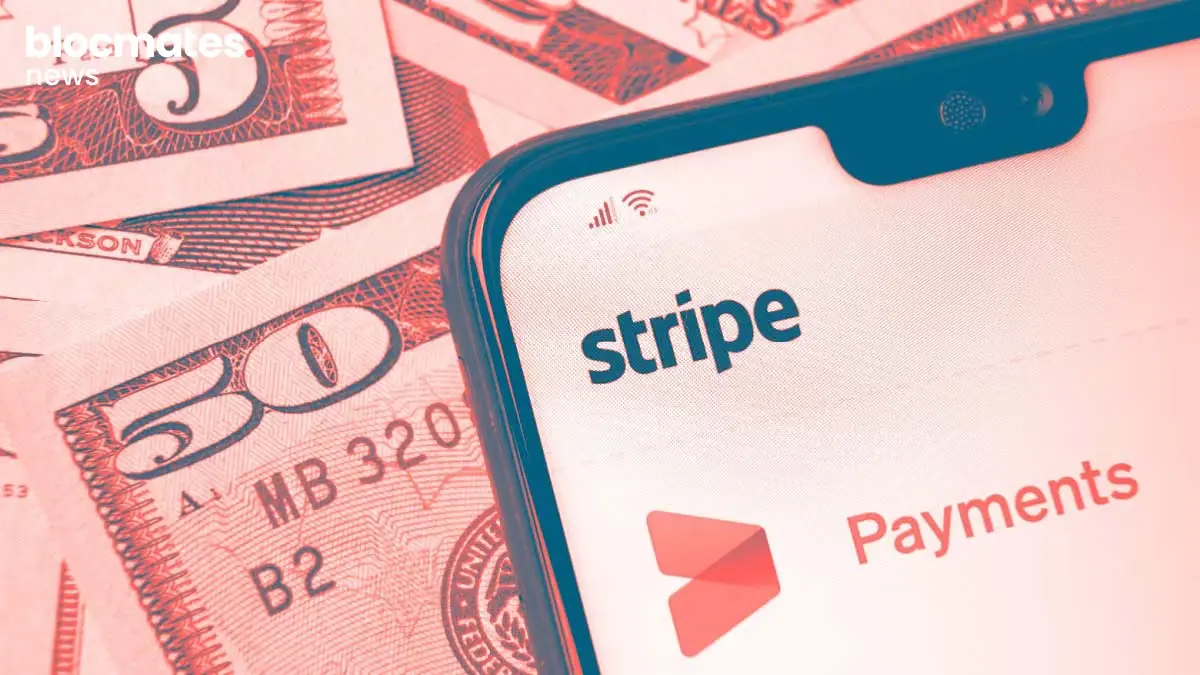



.webp)
